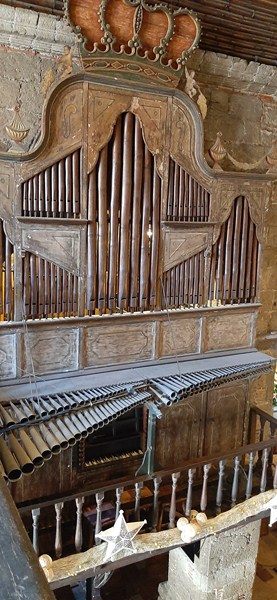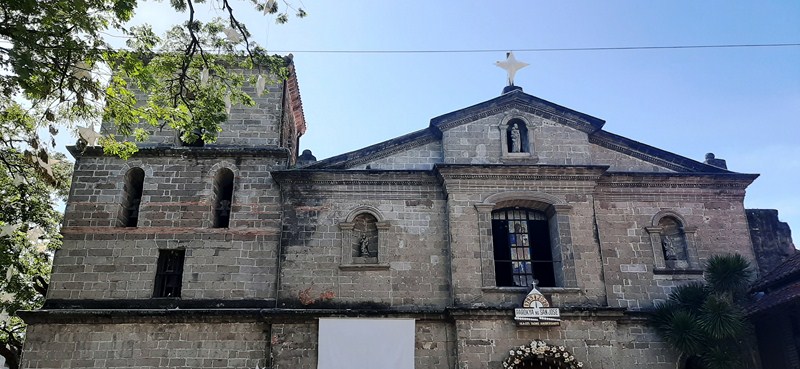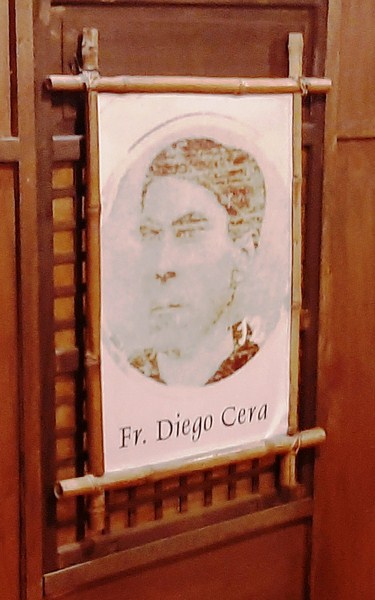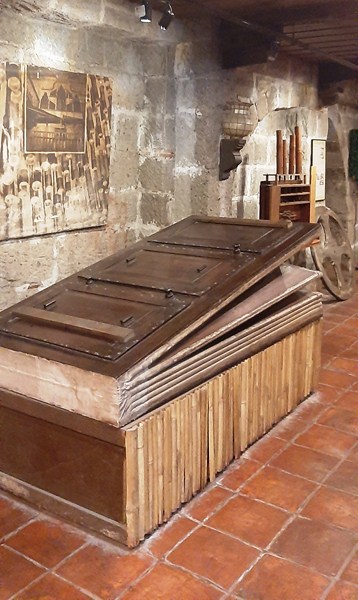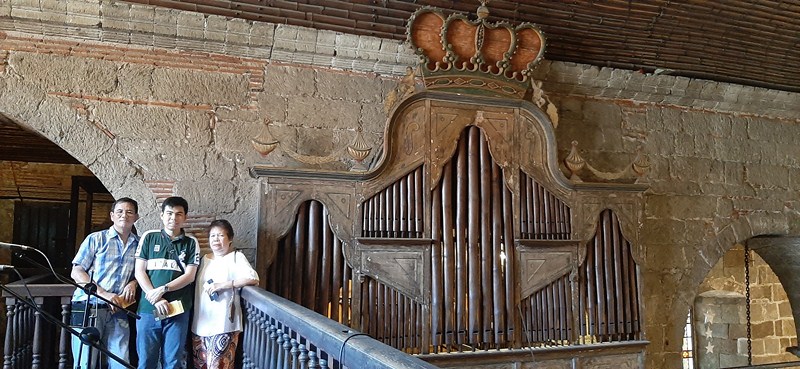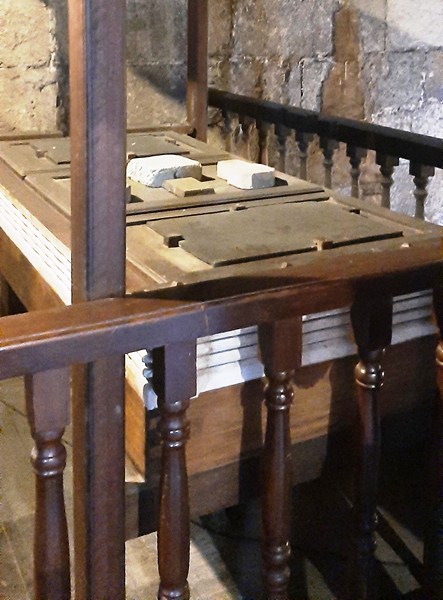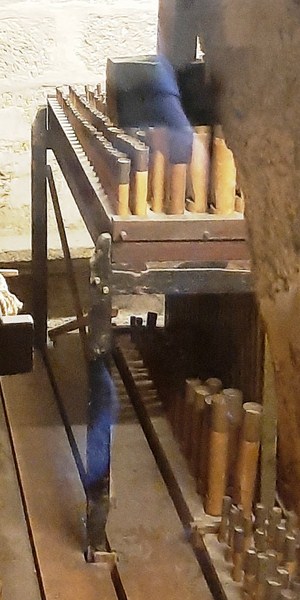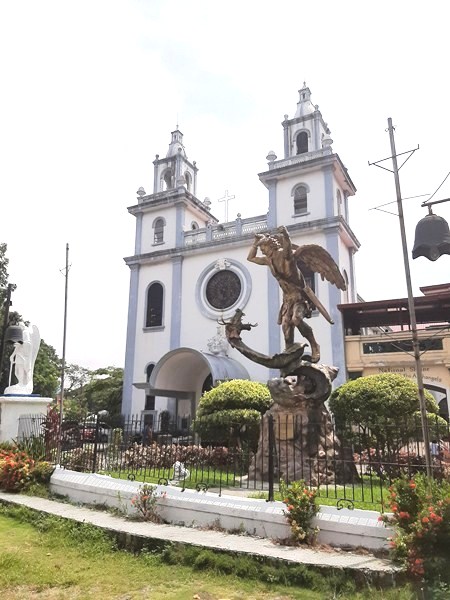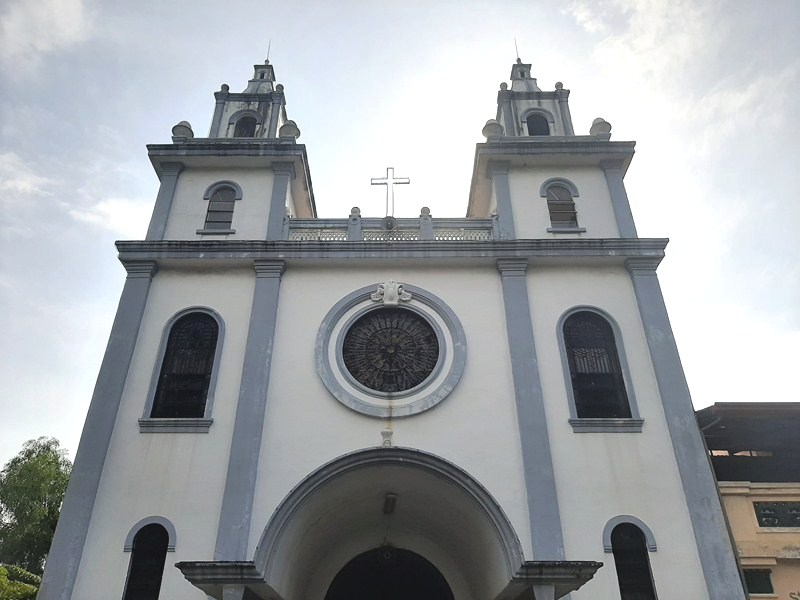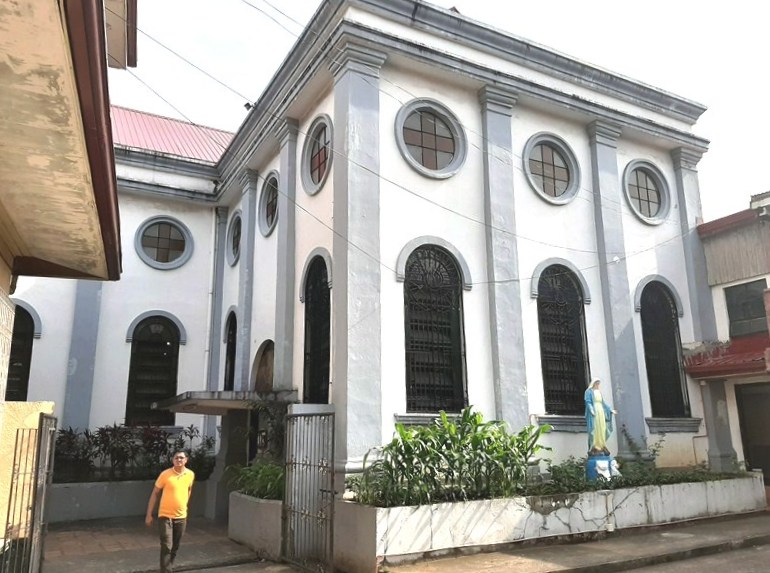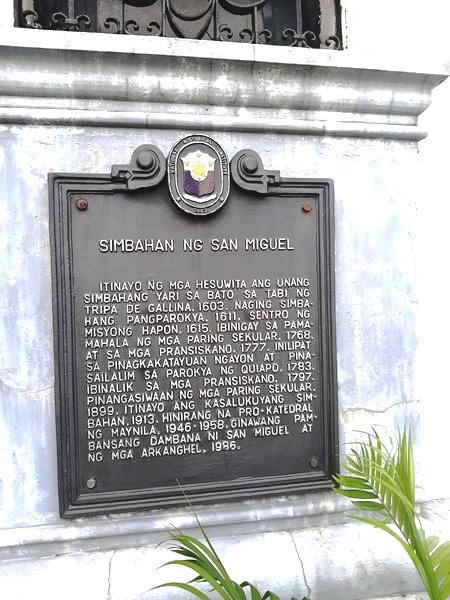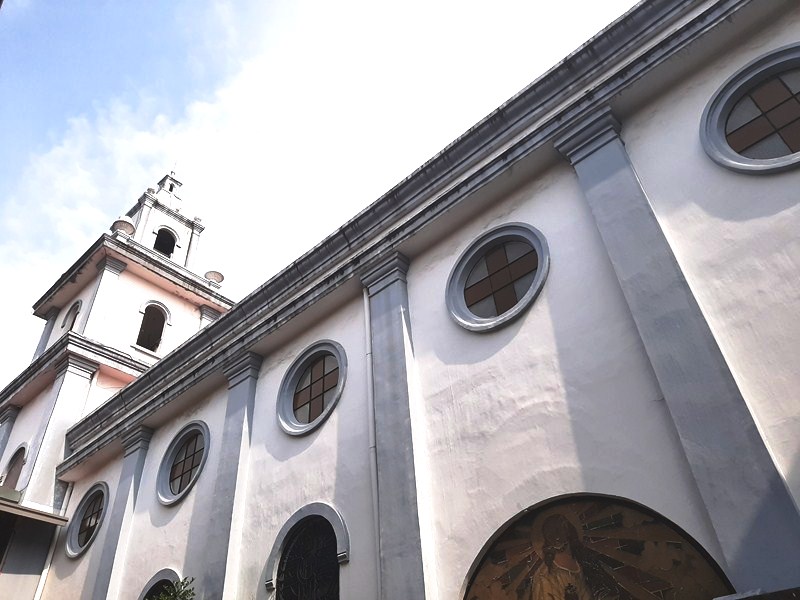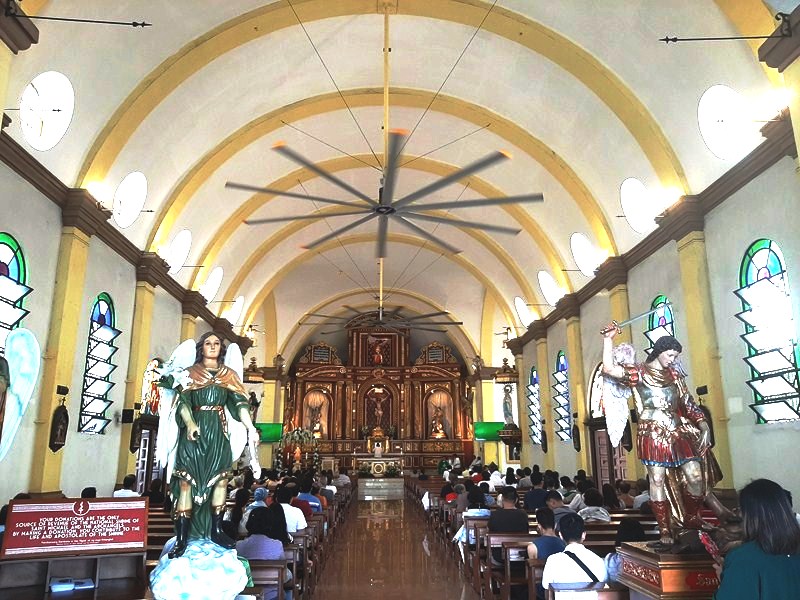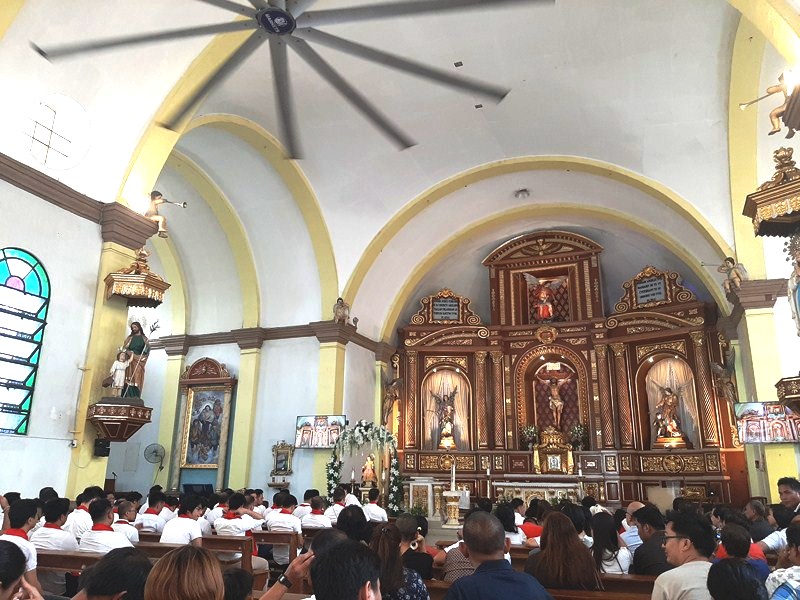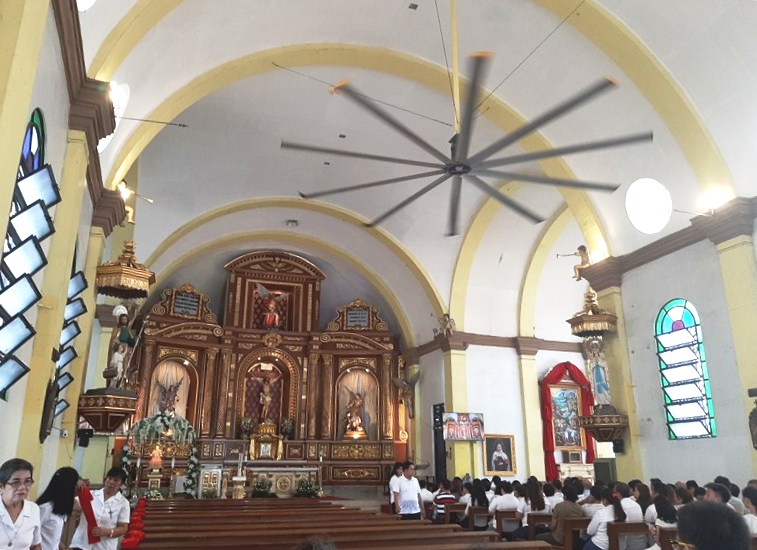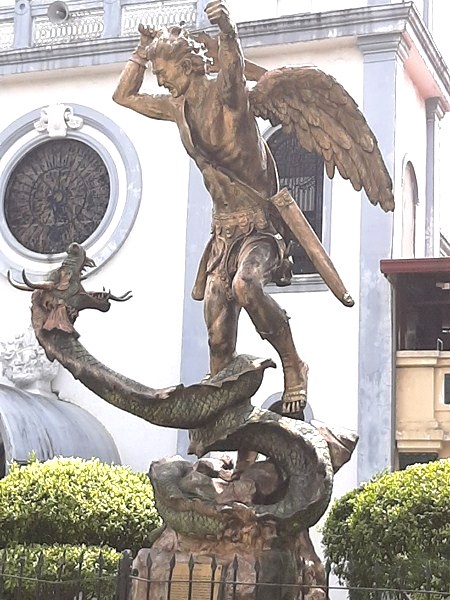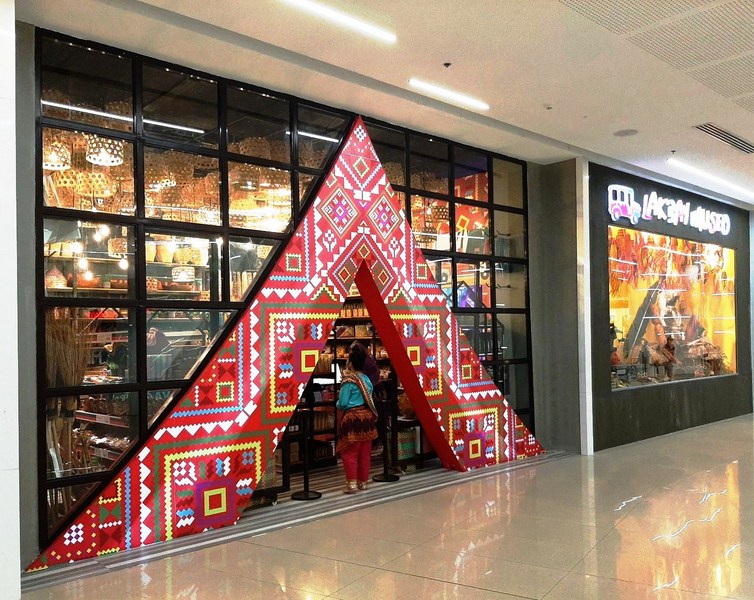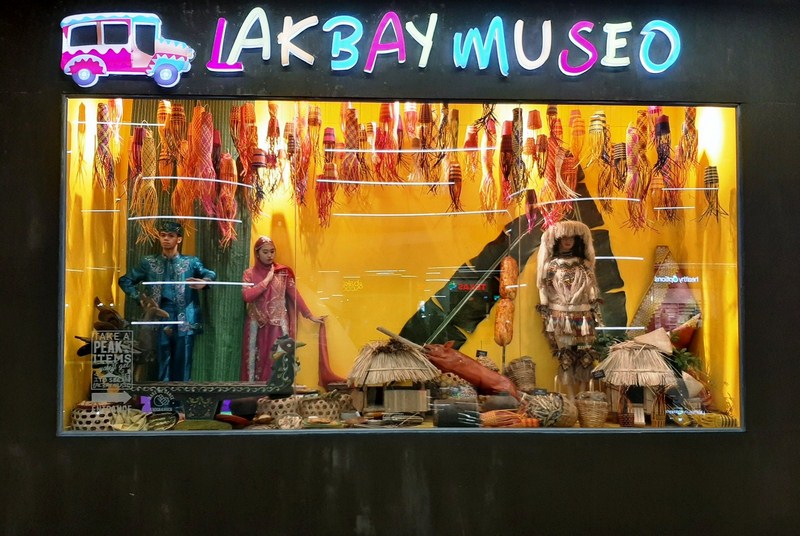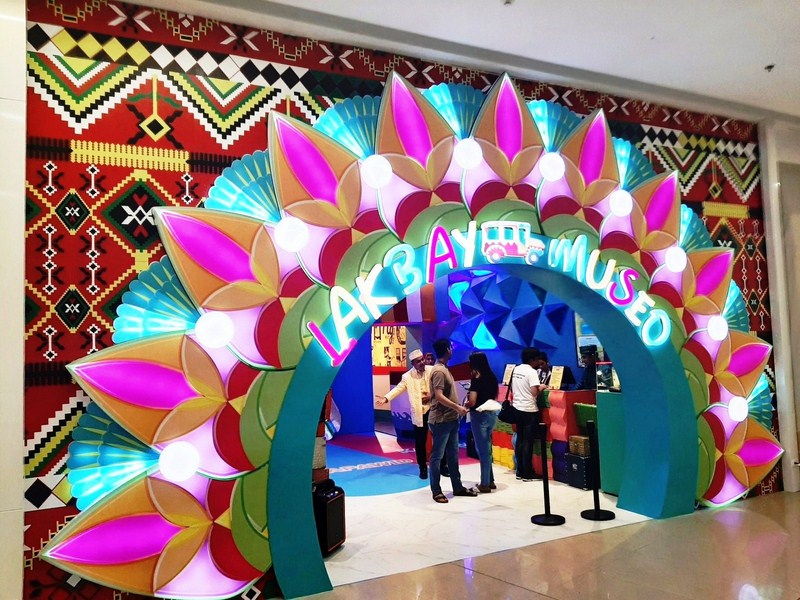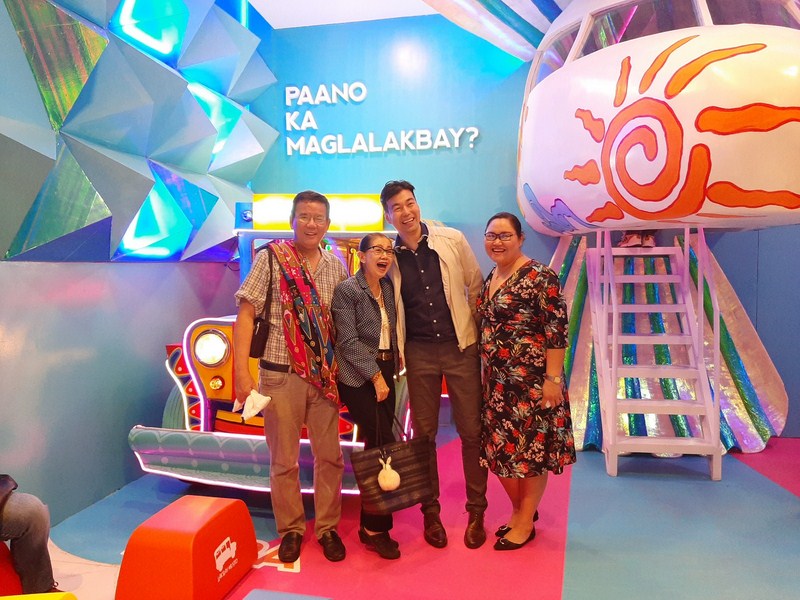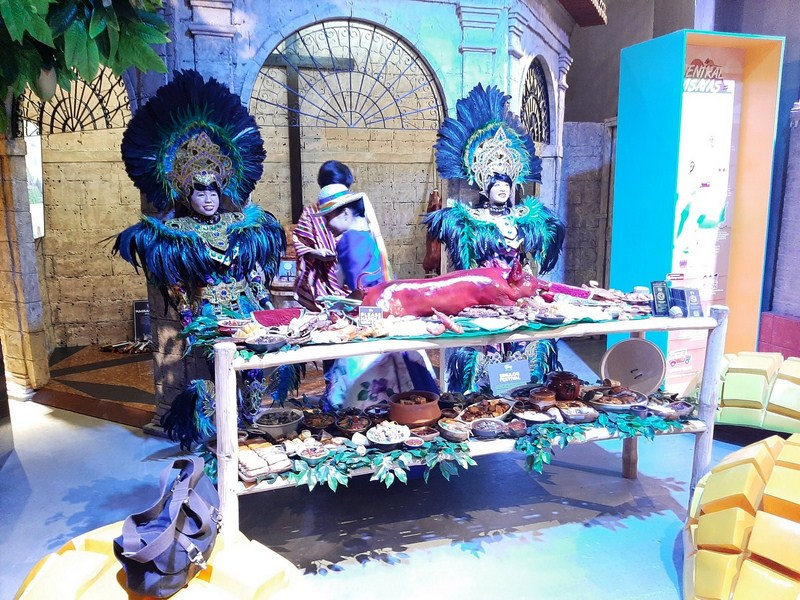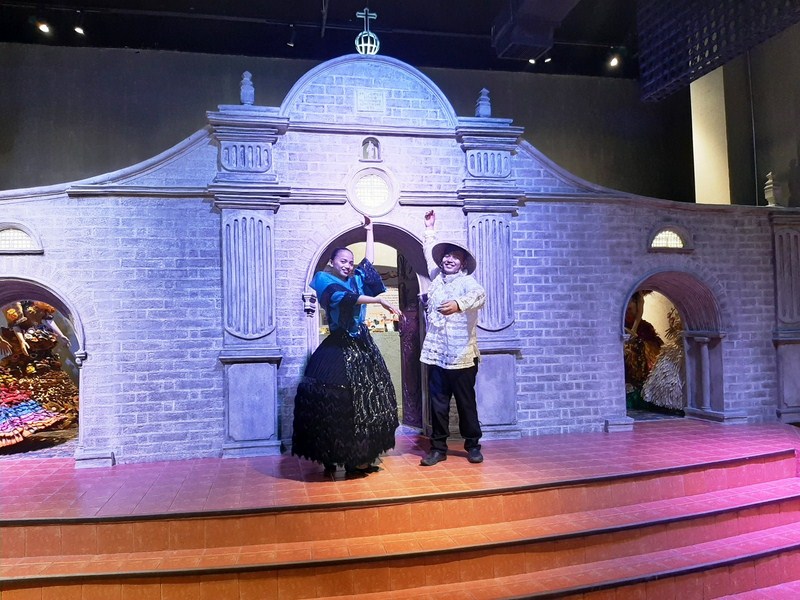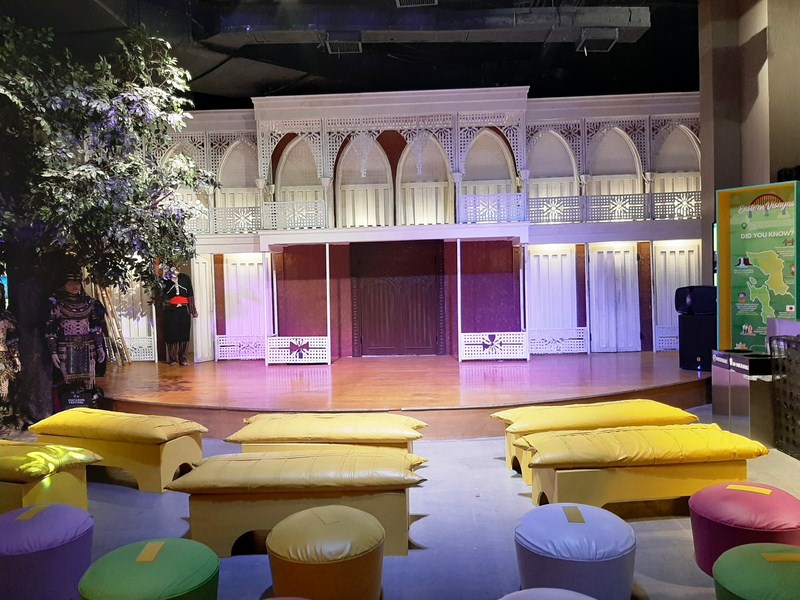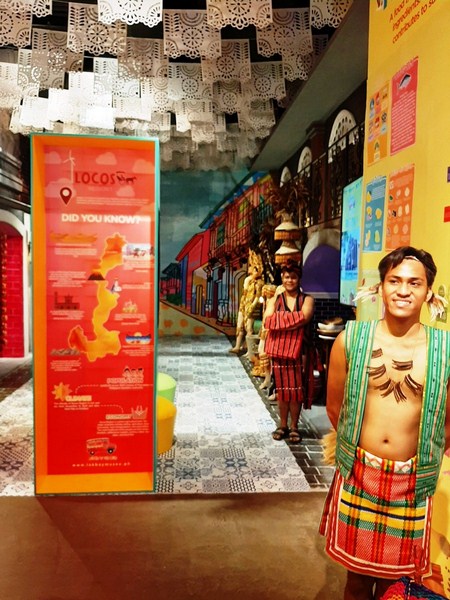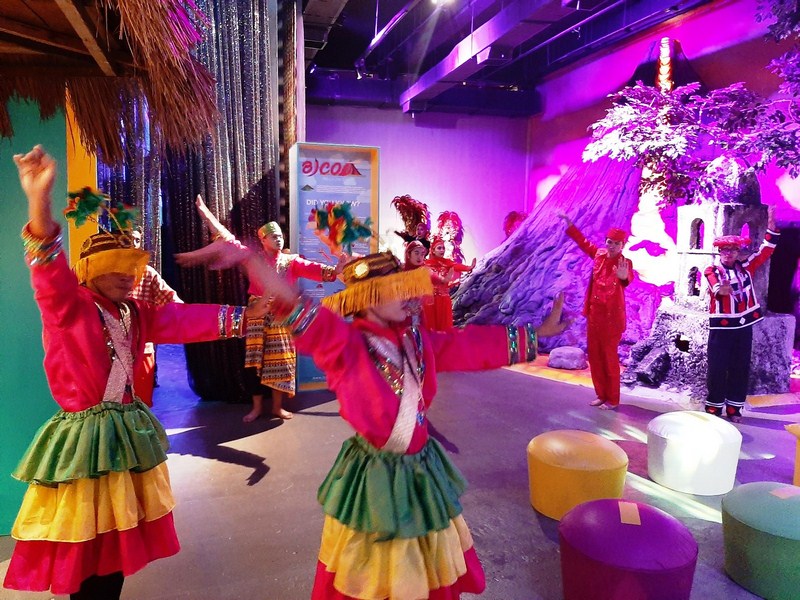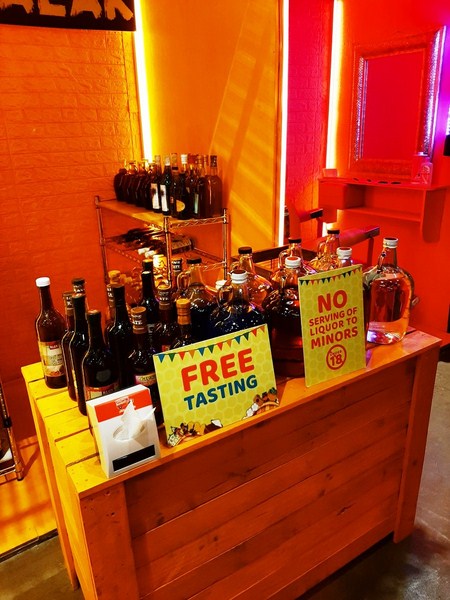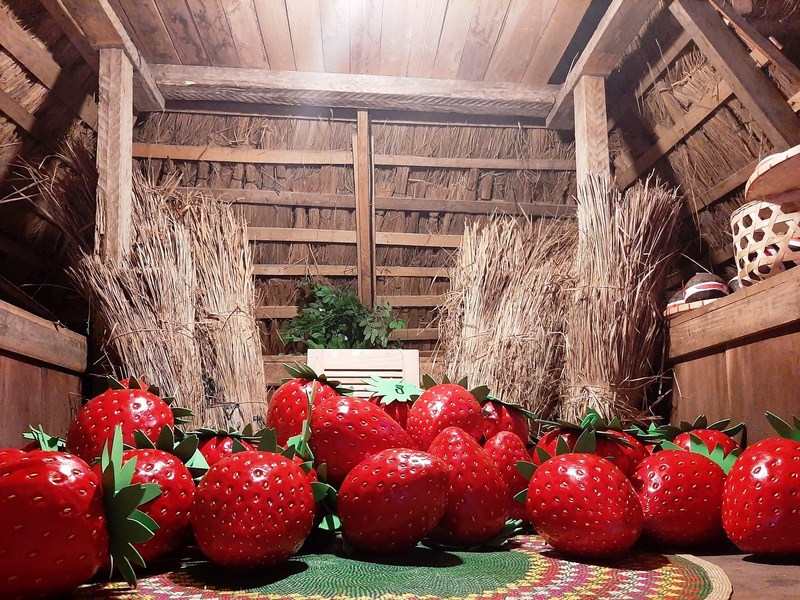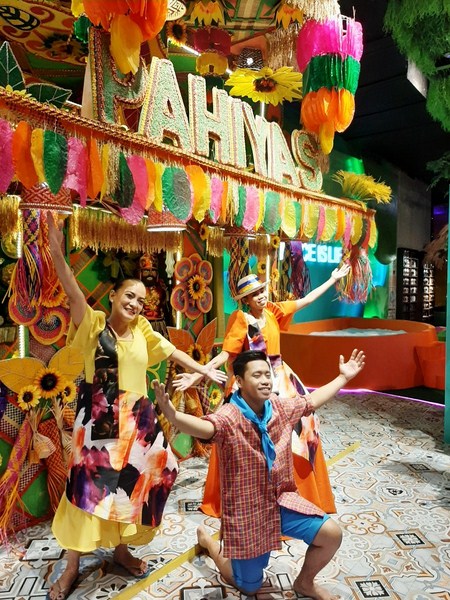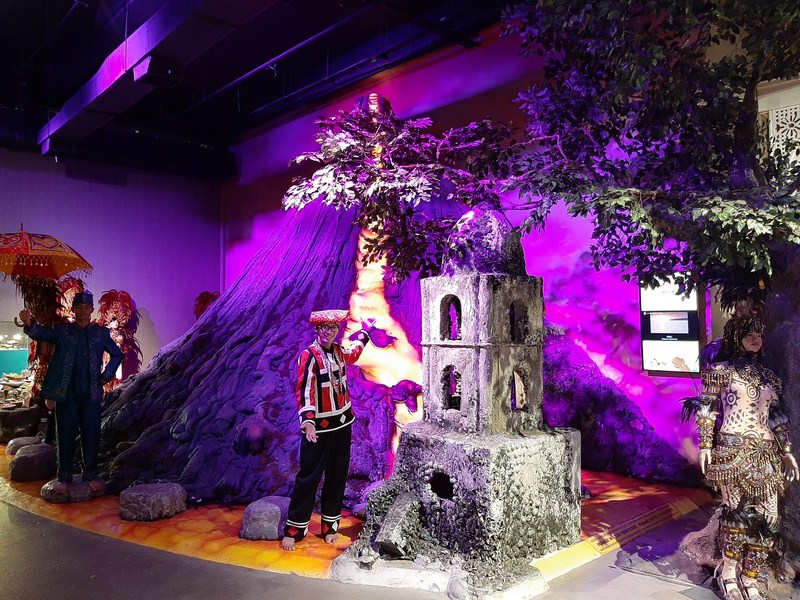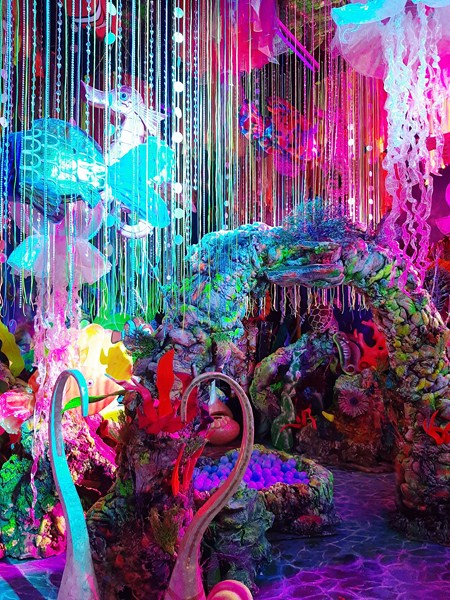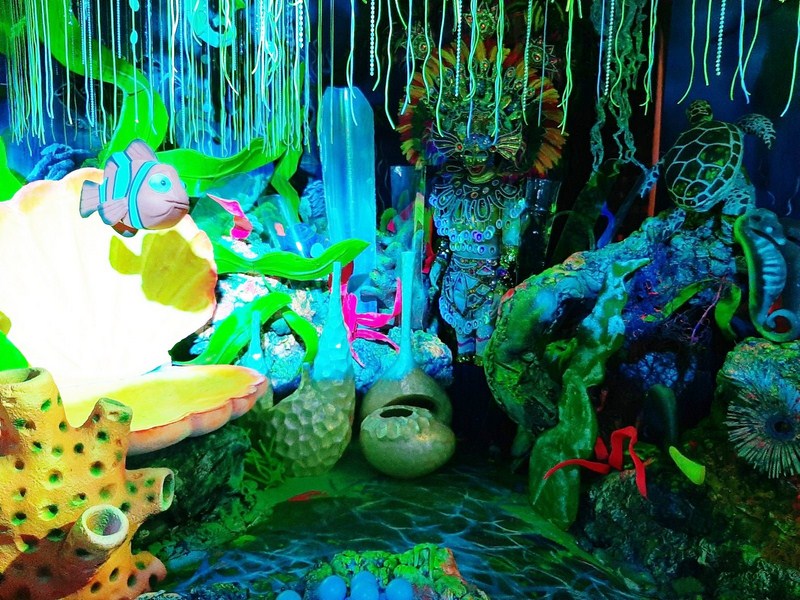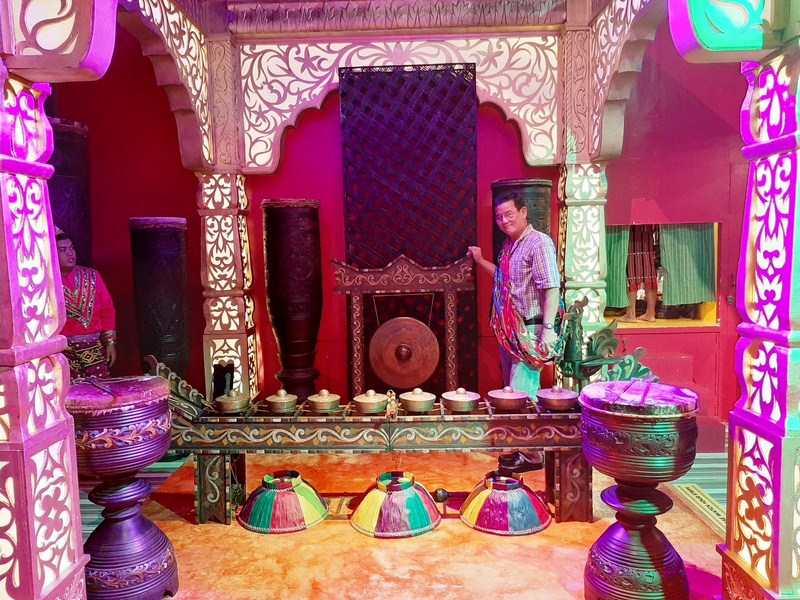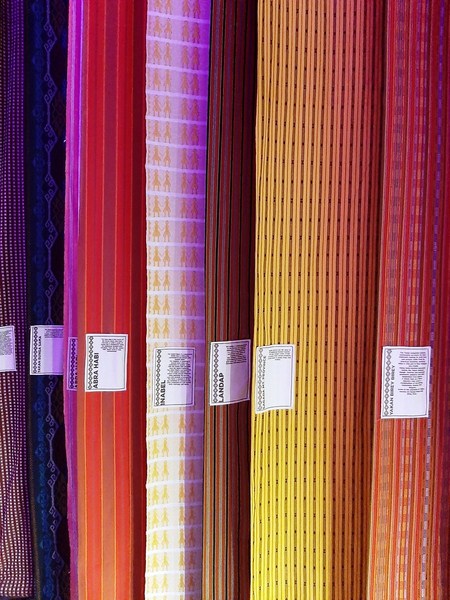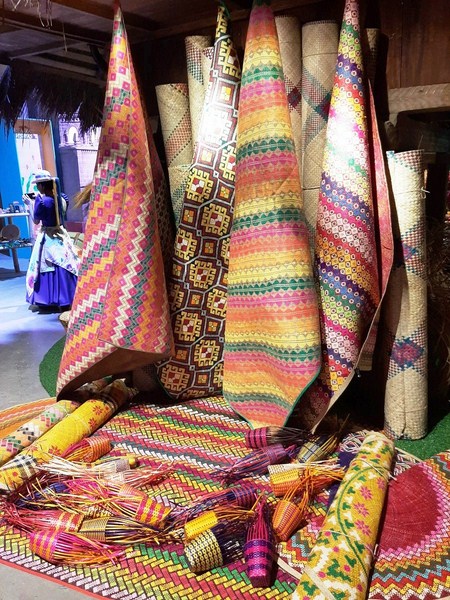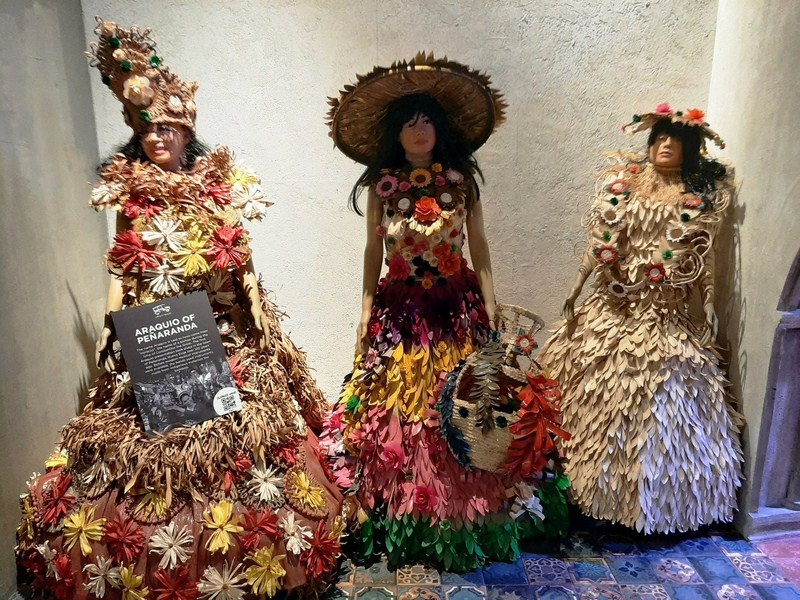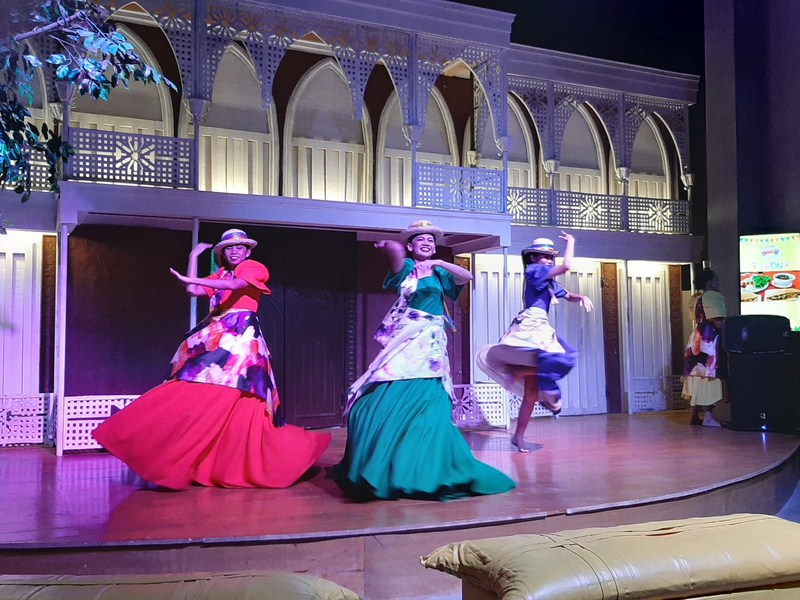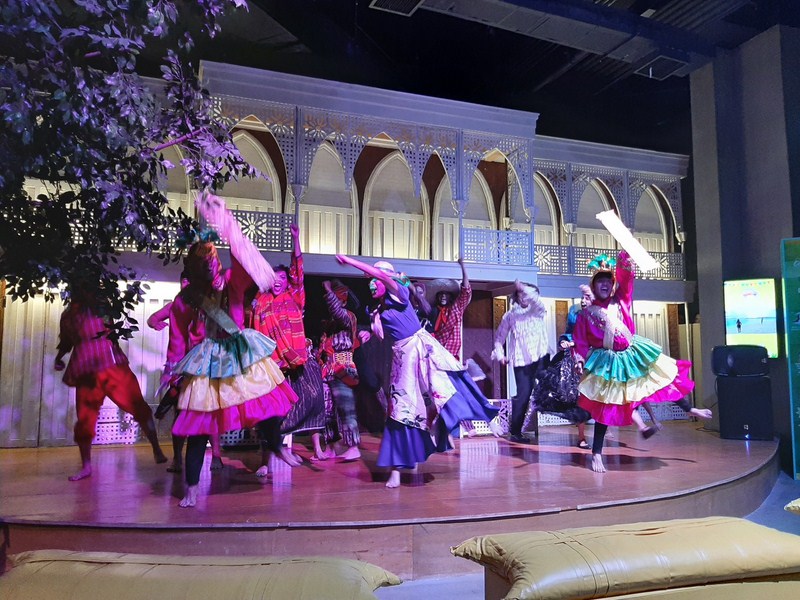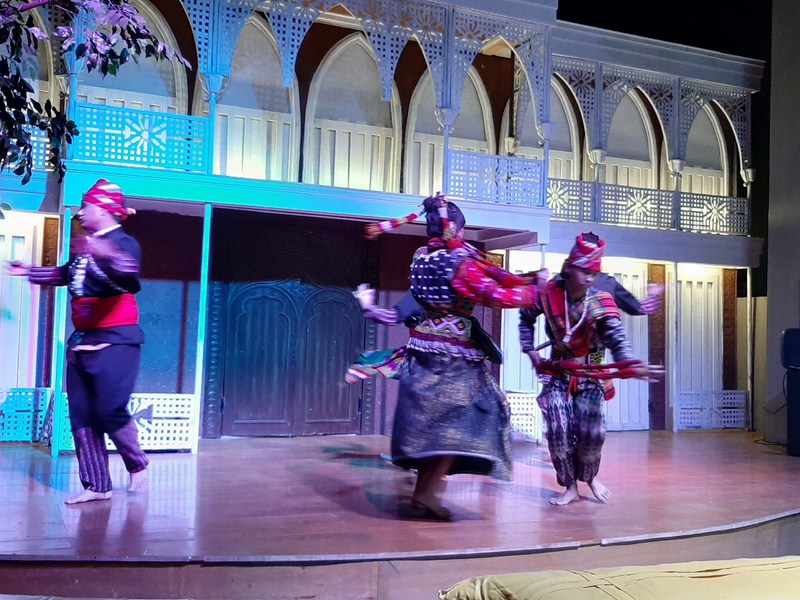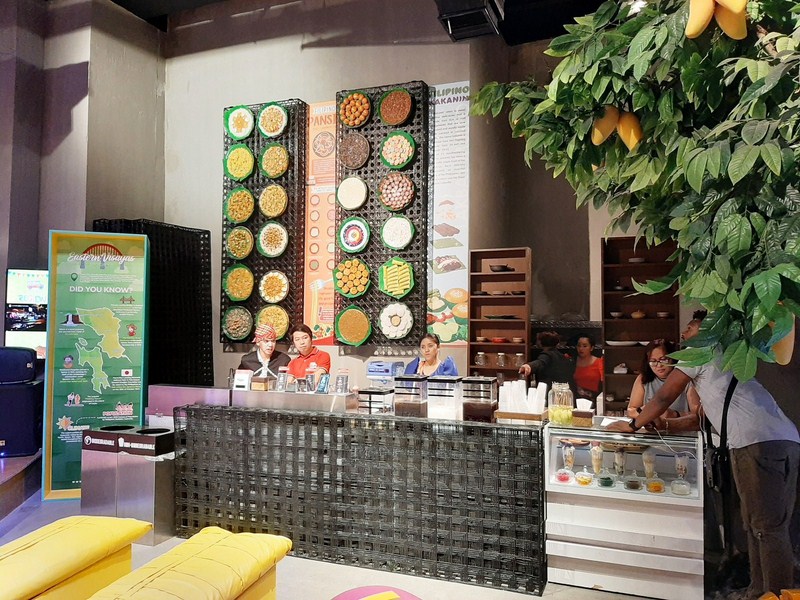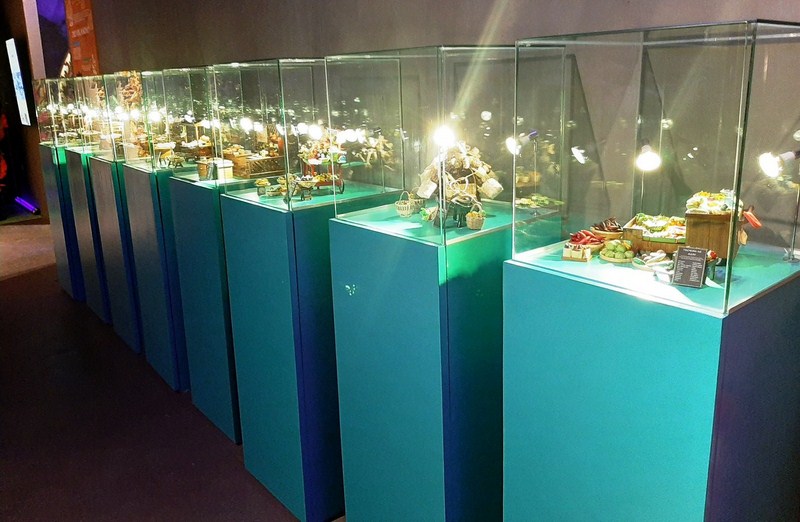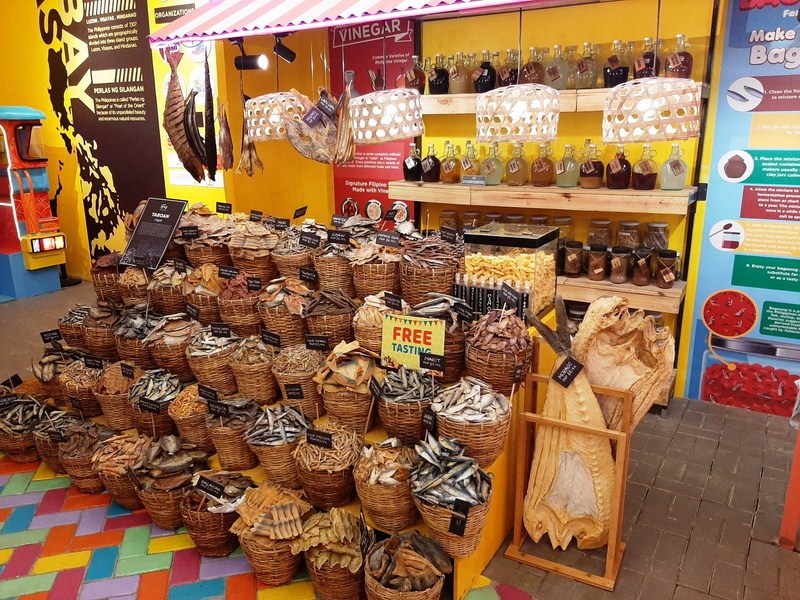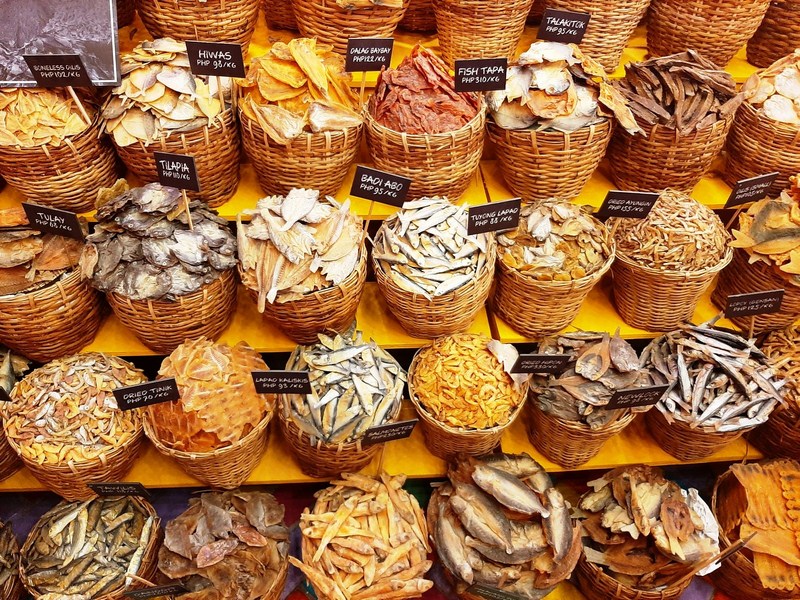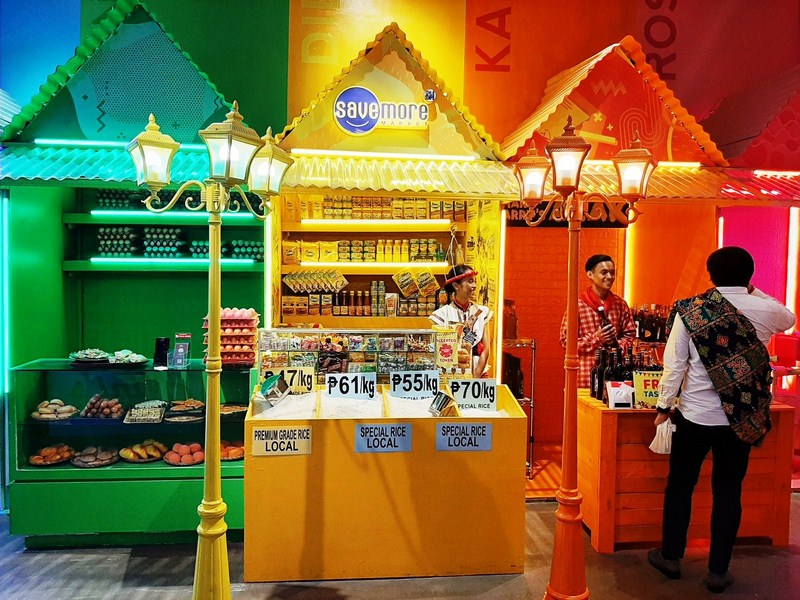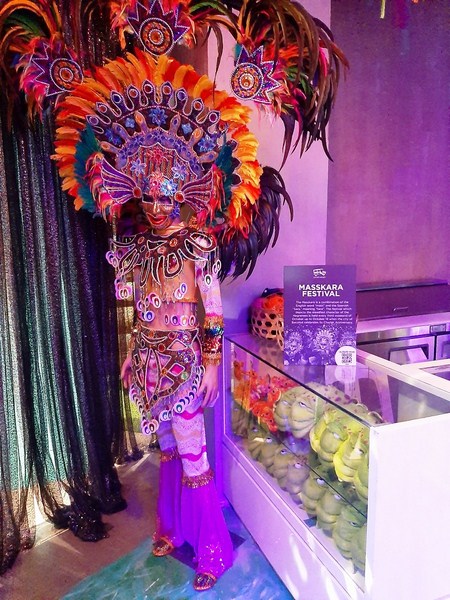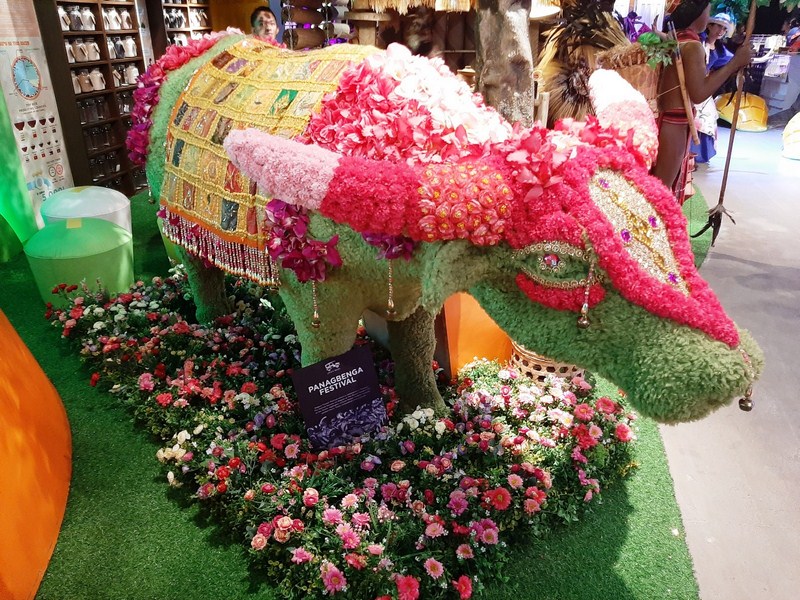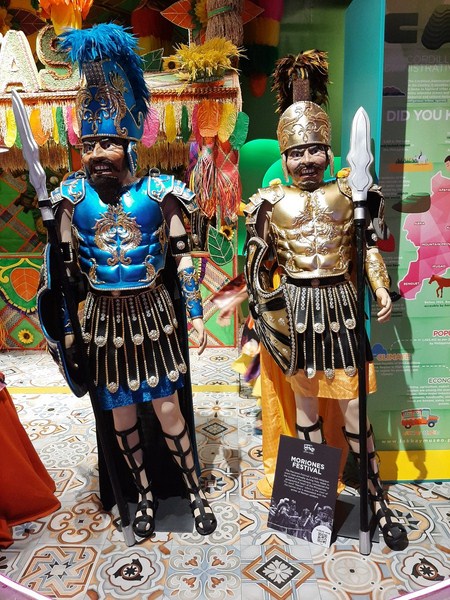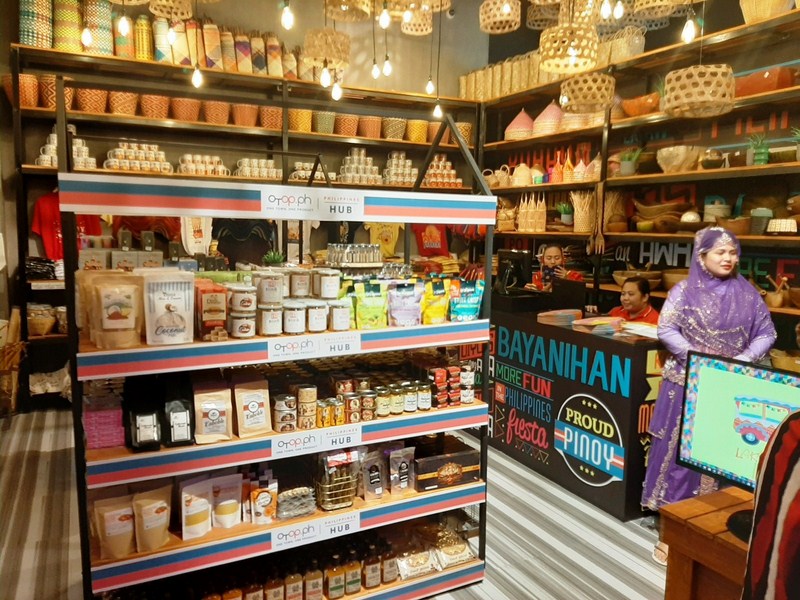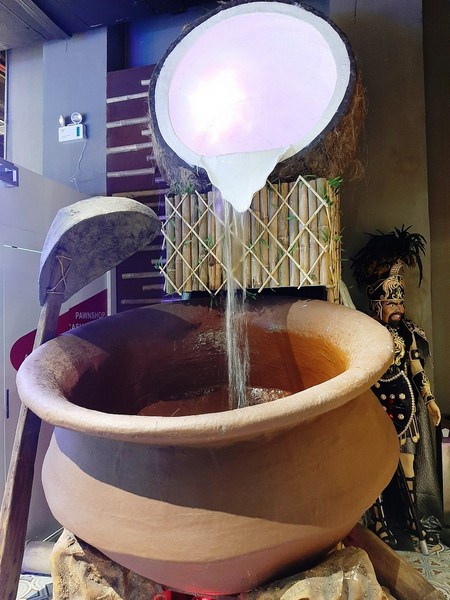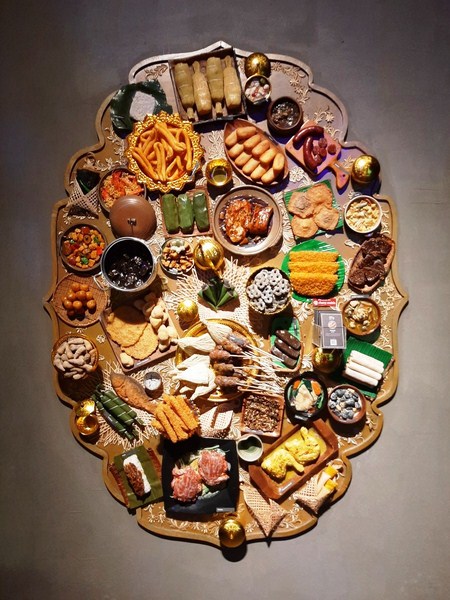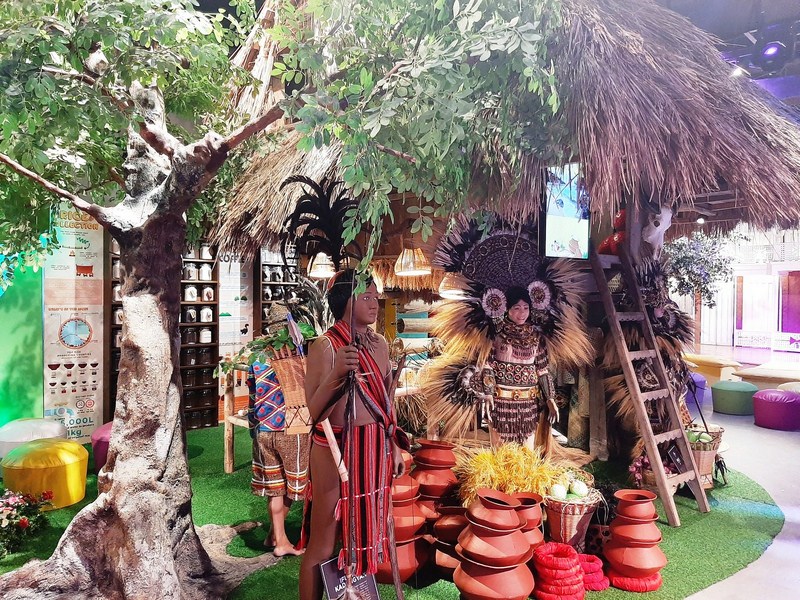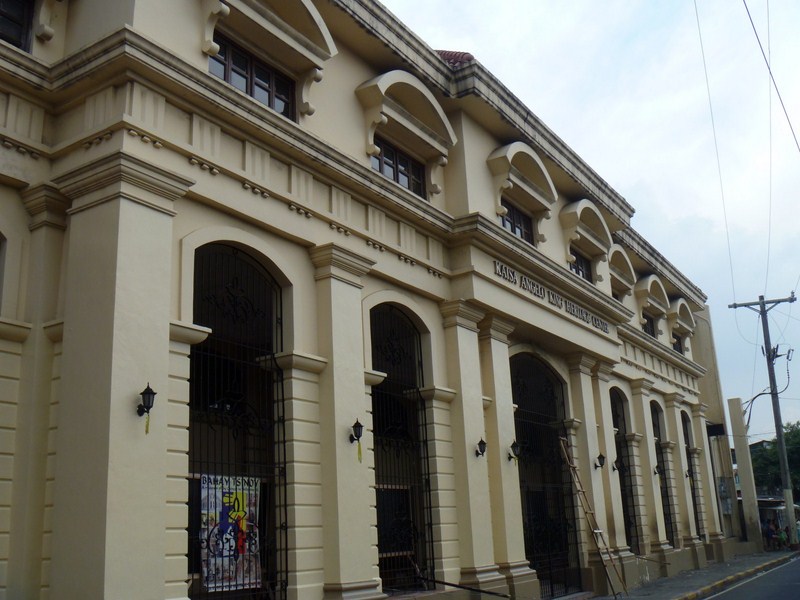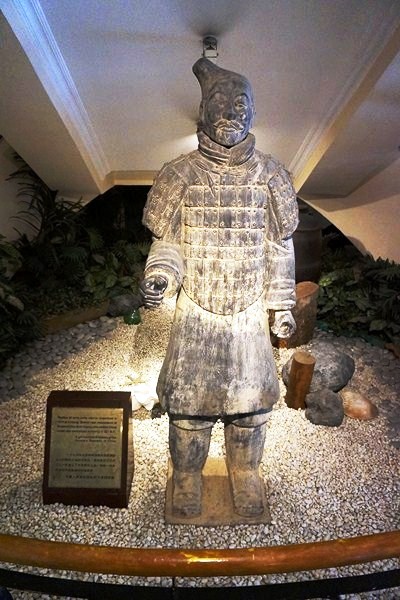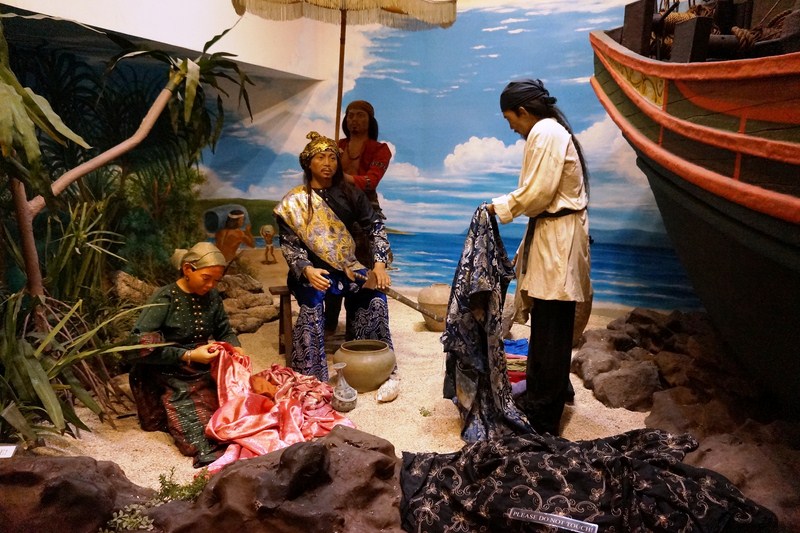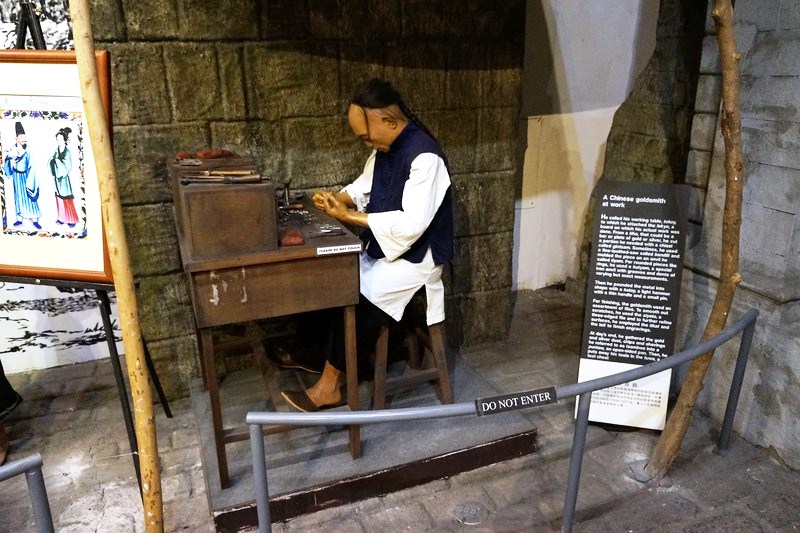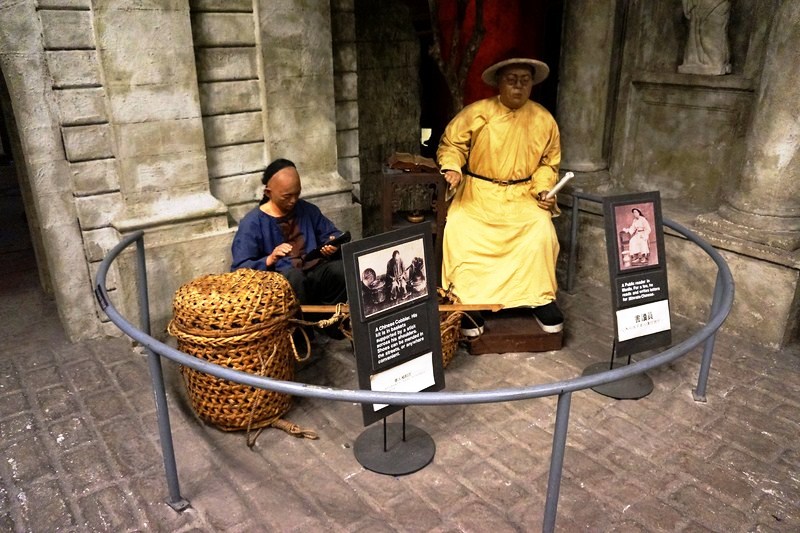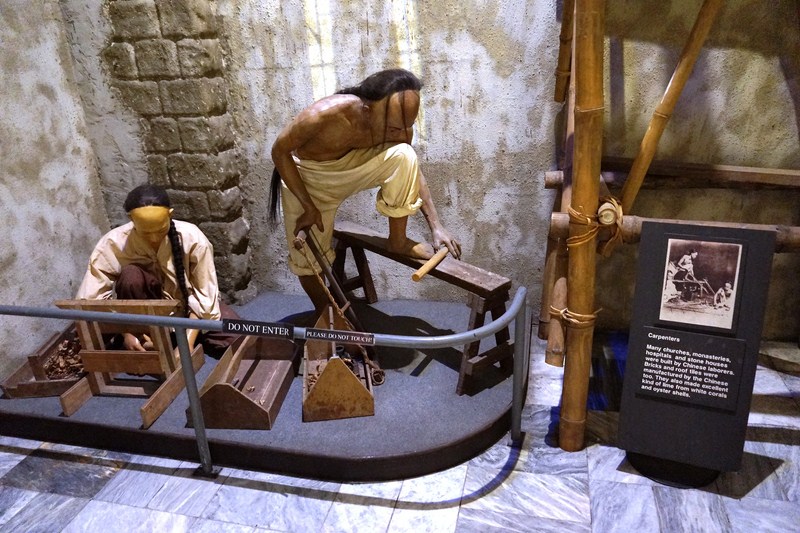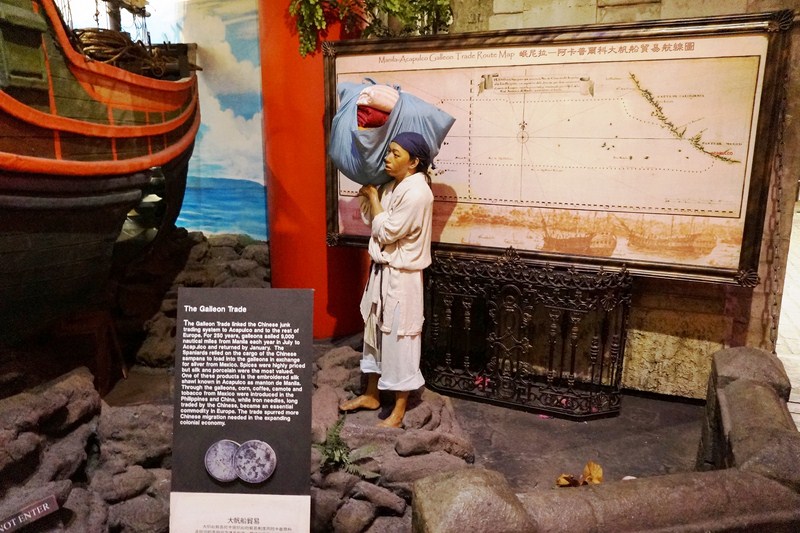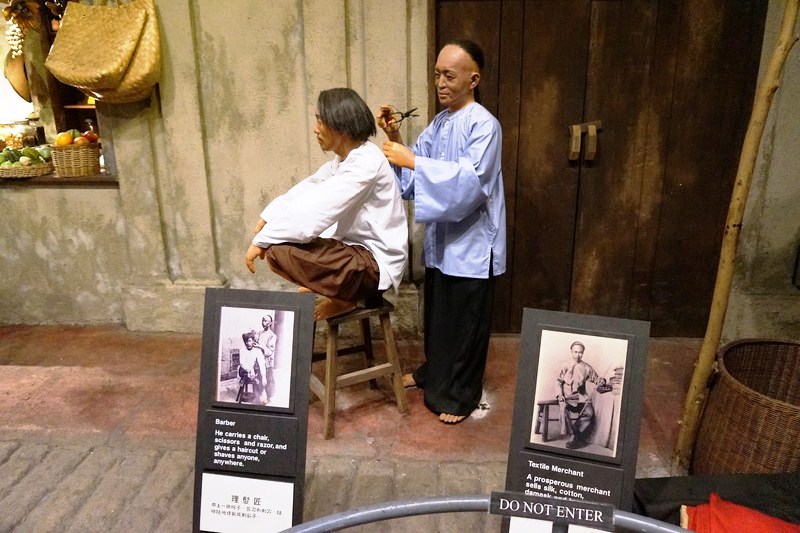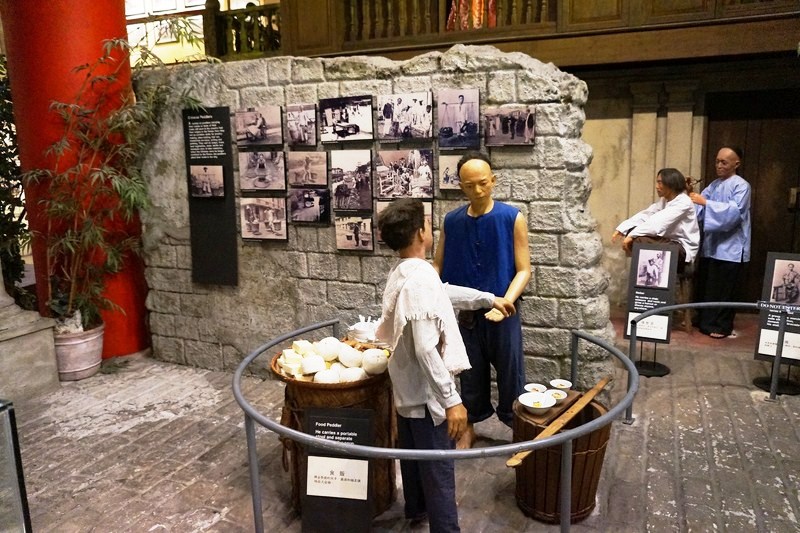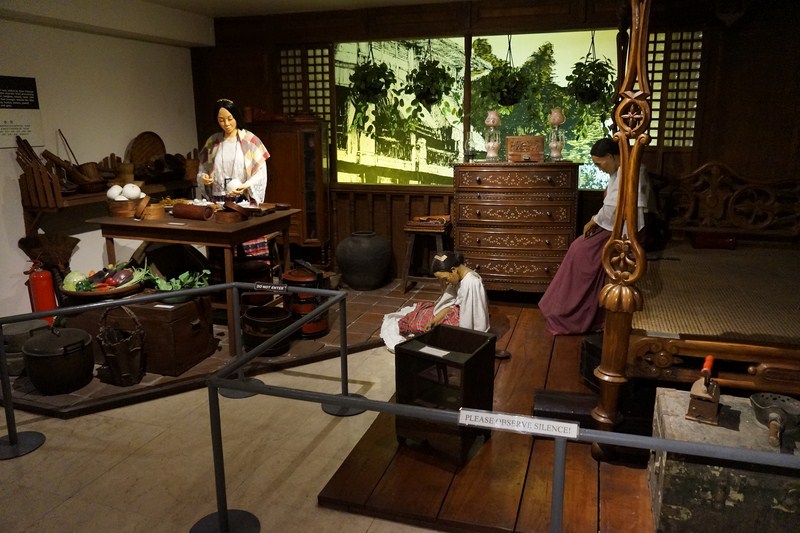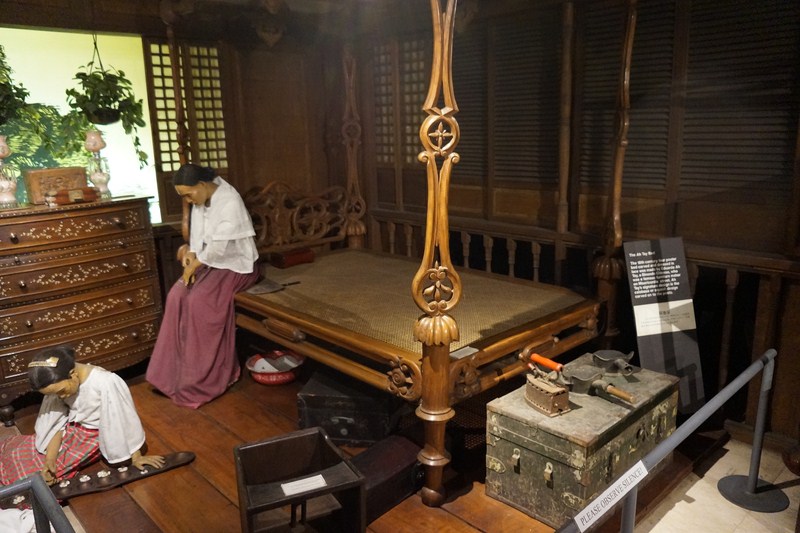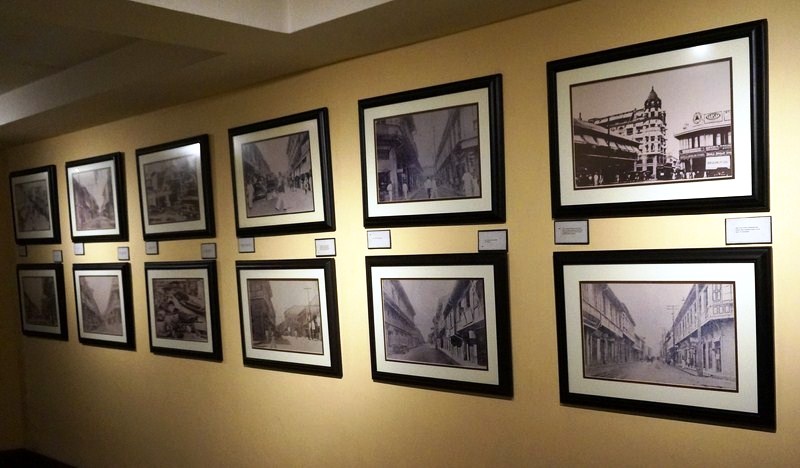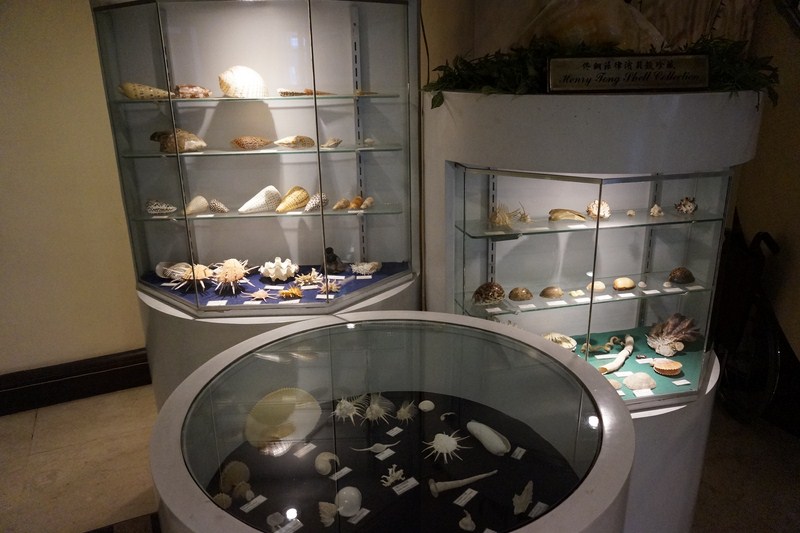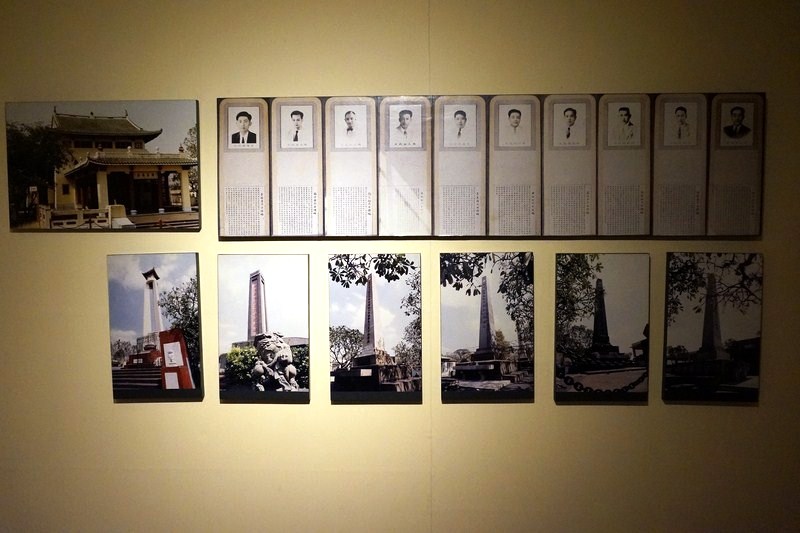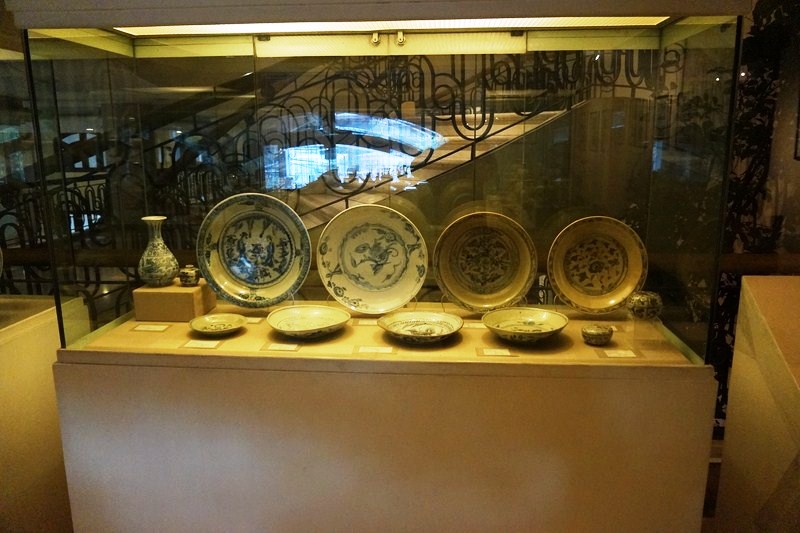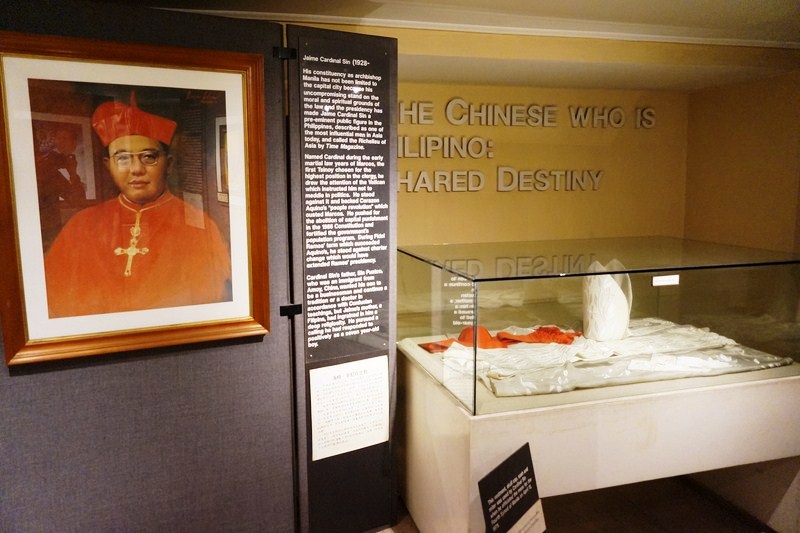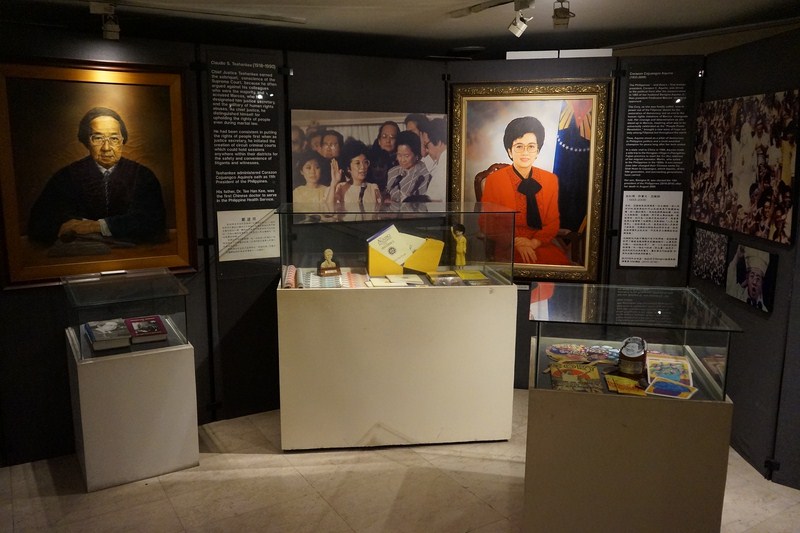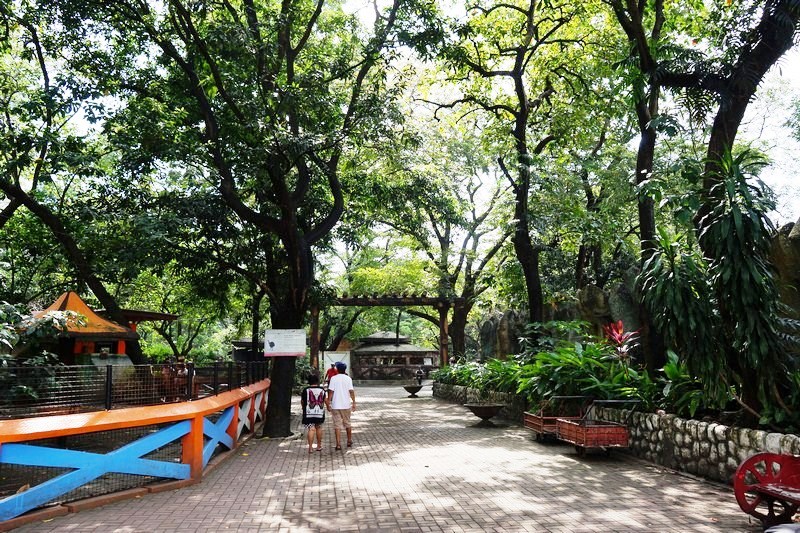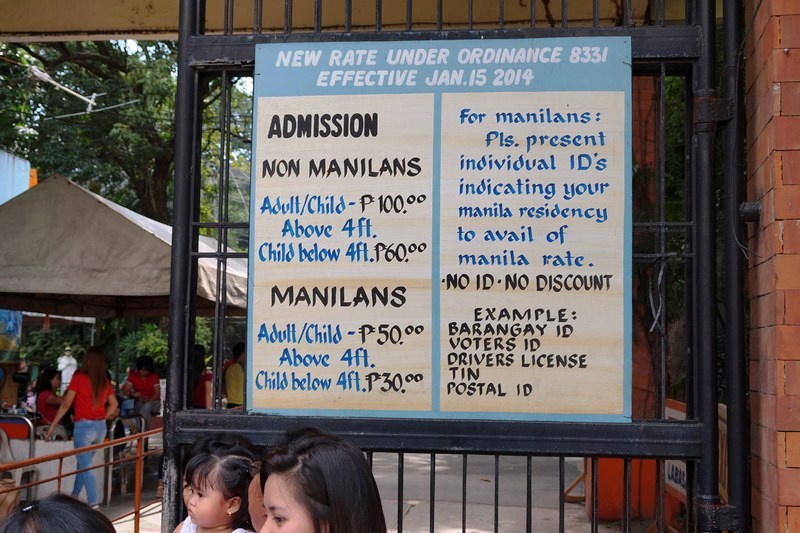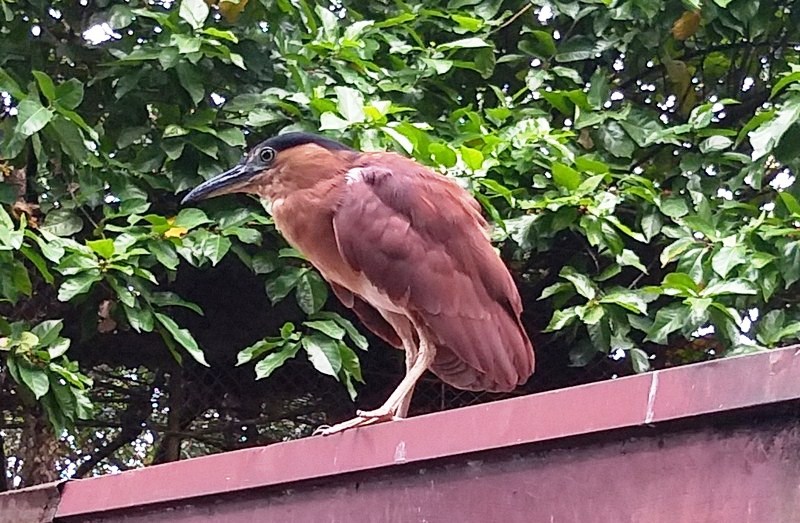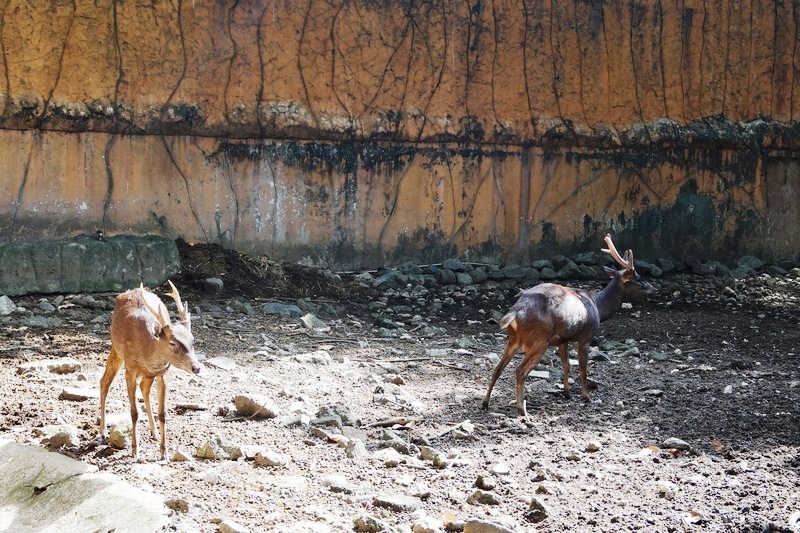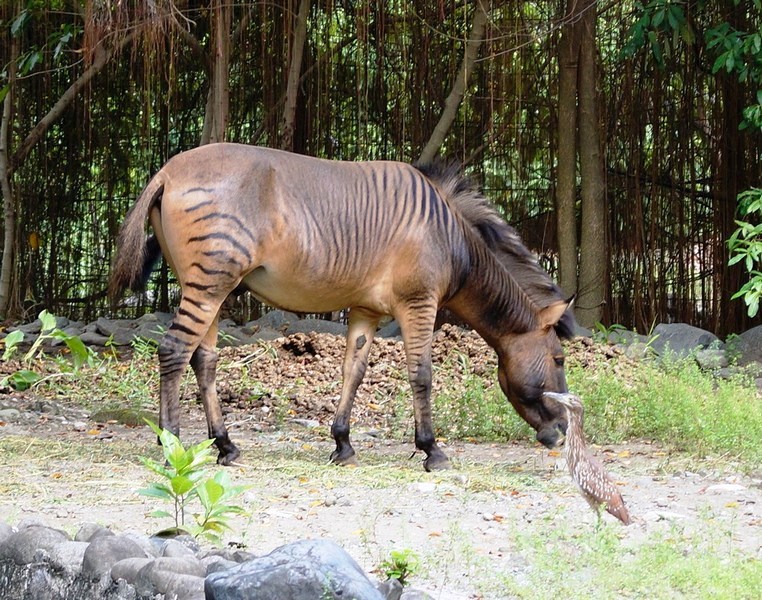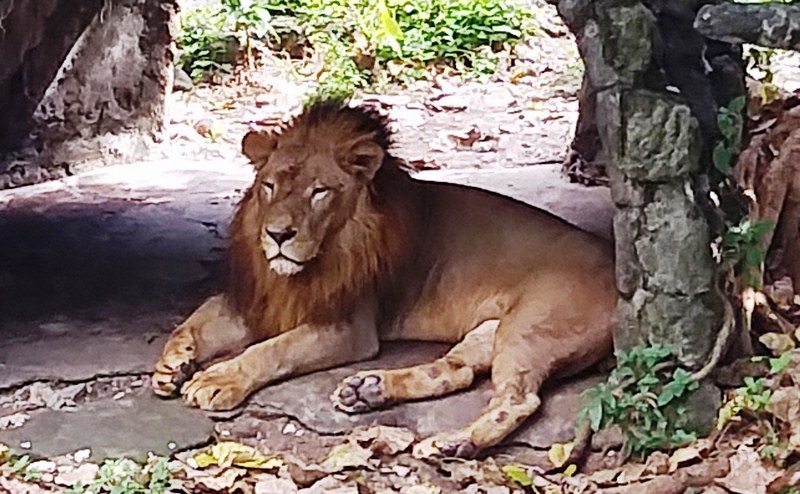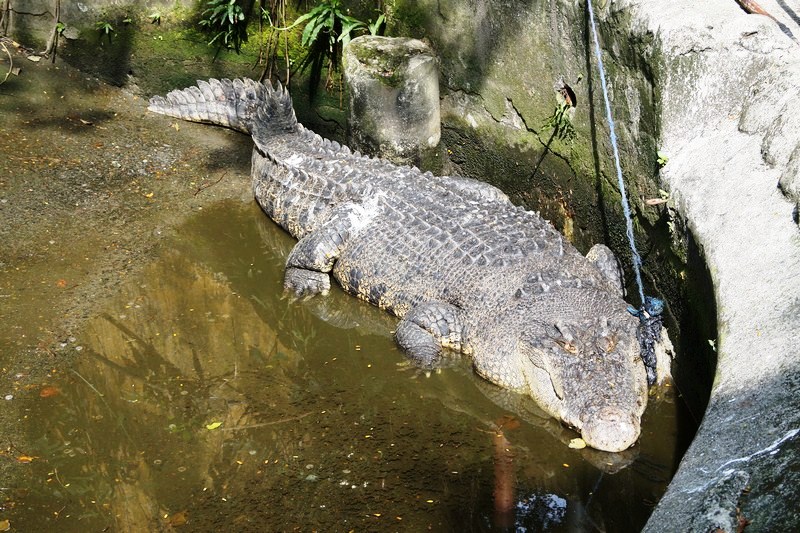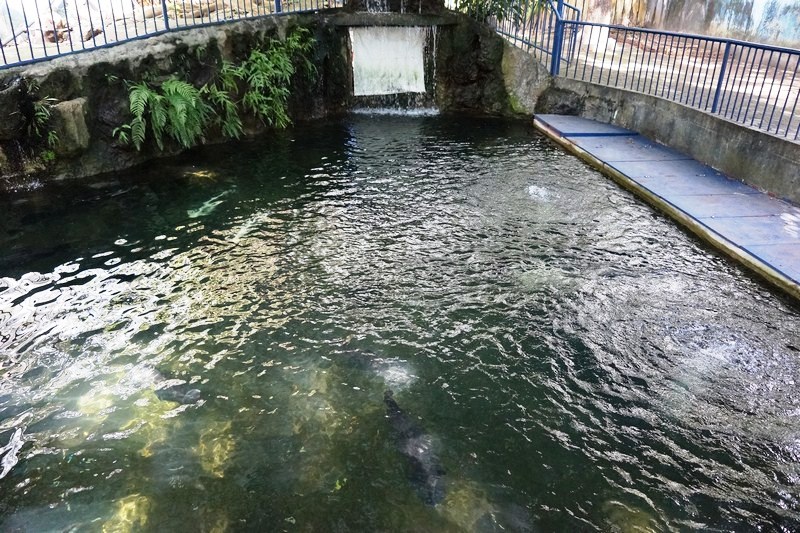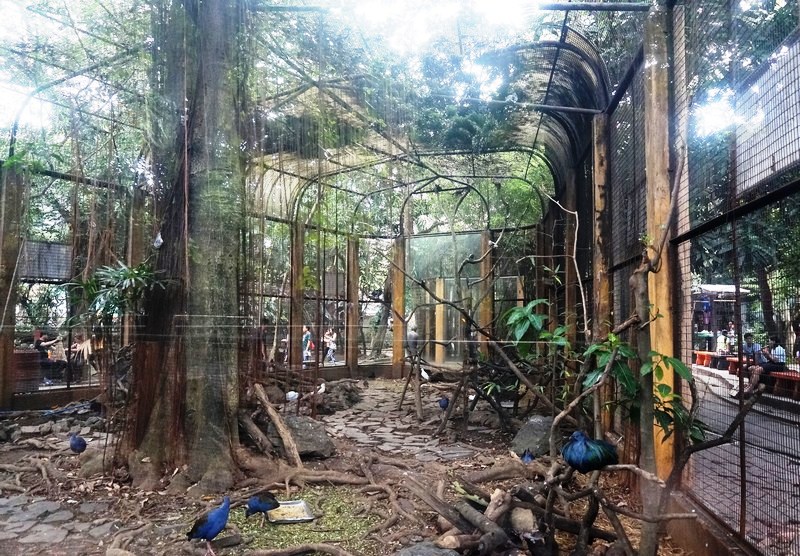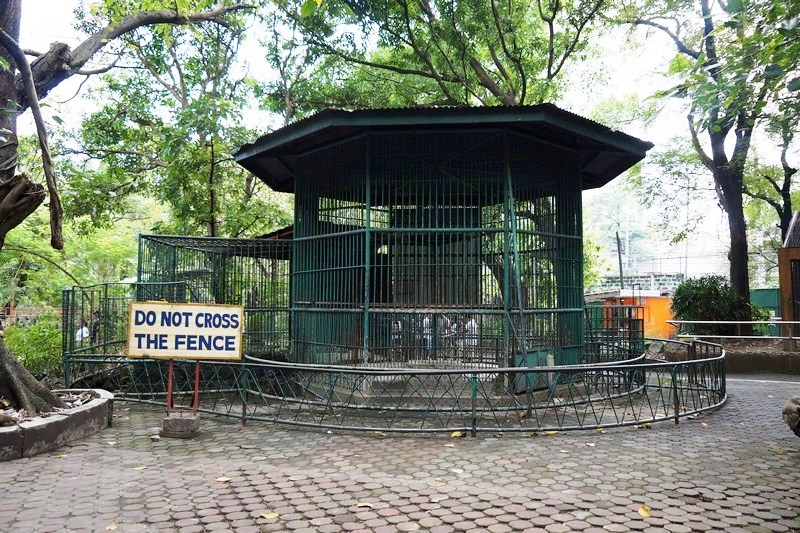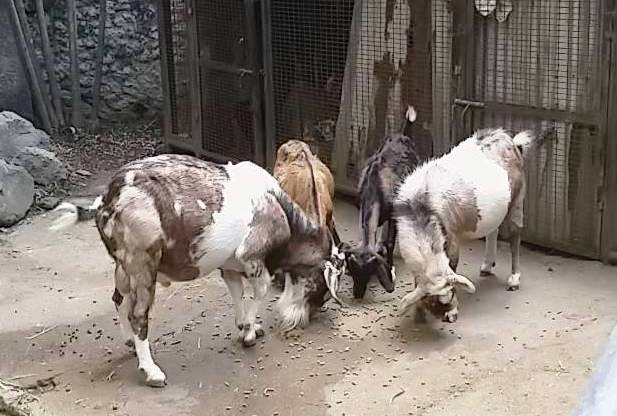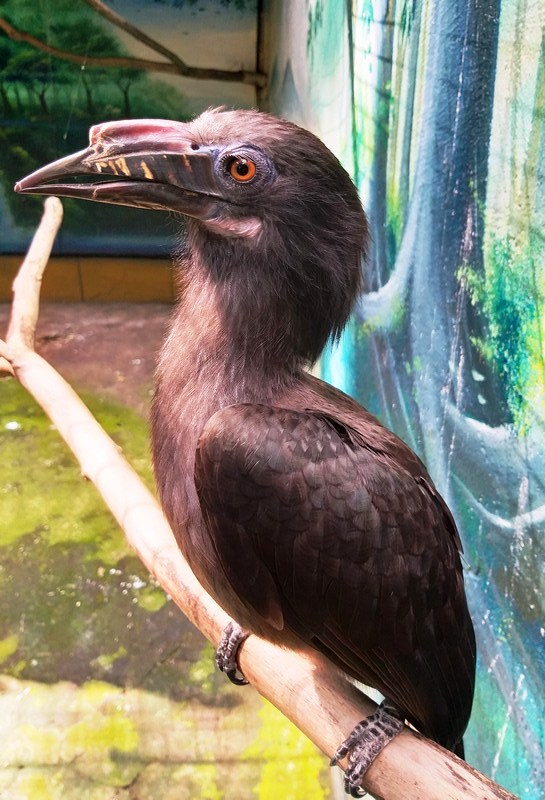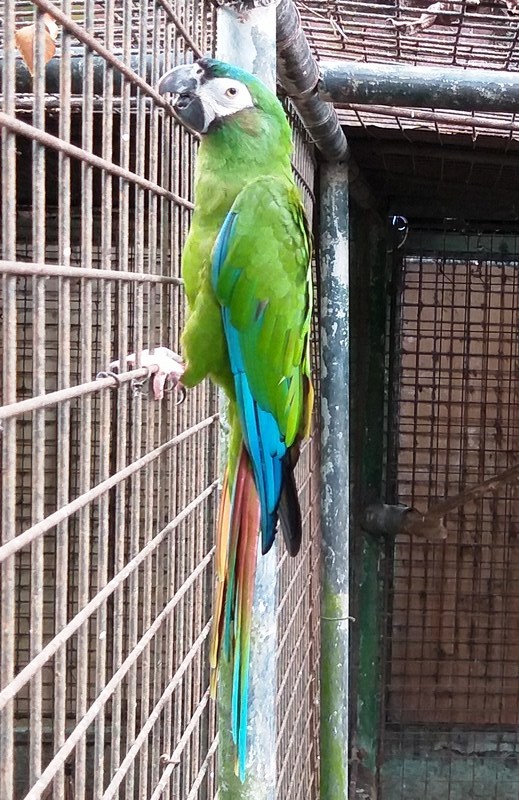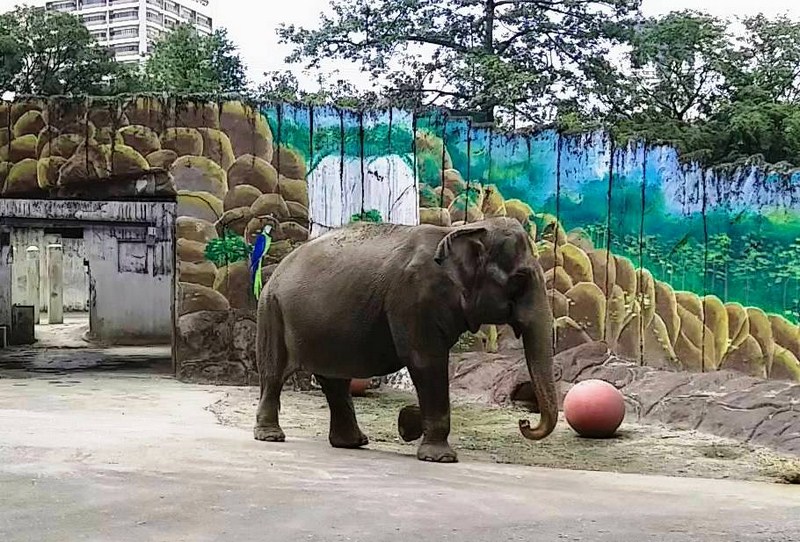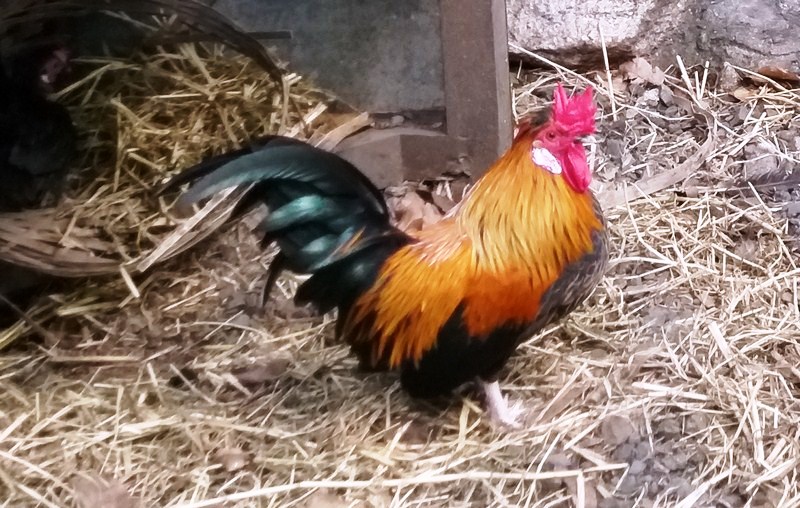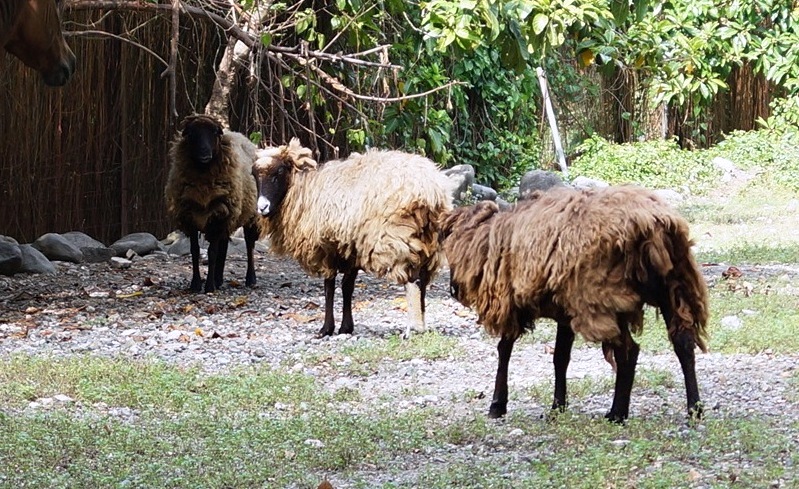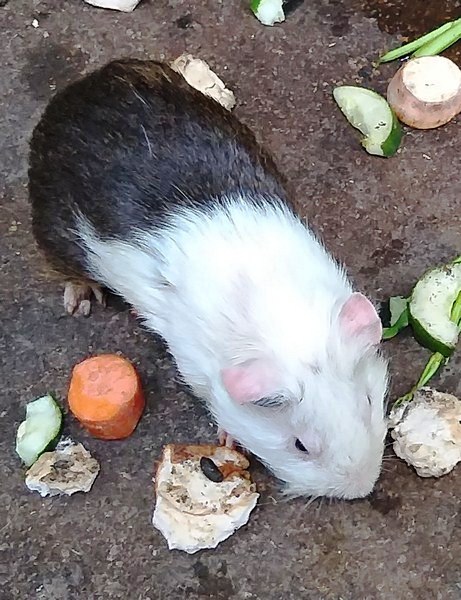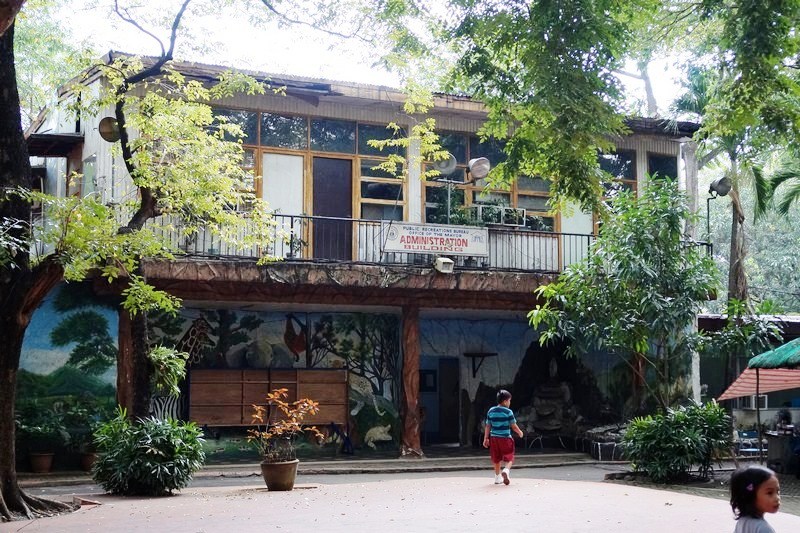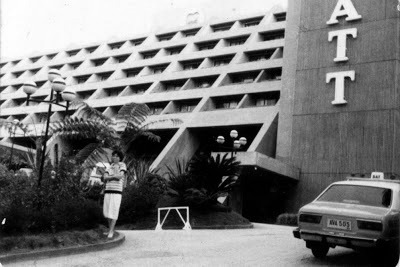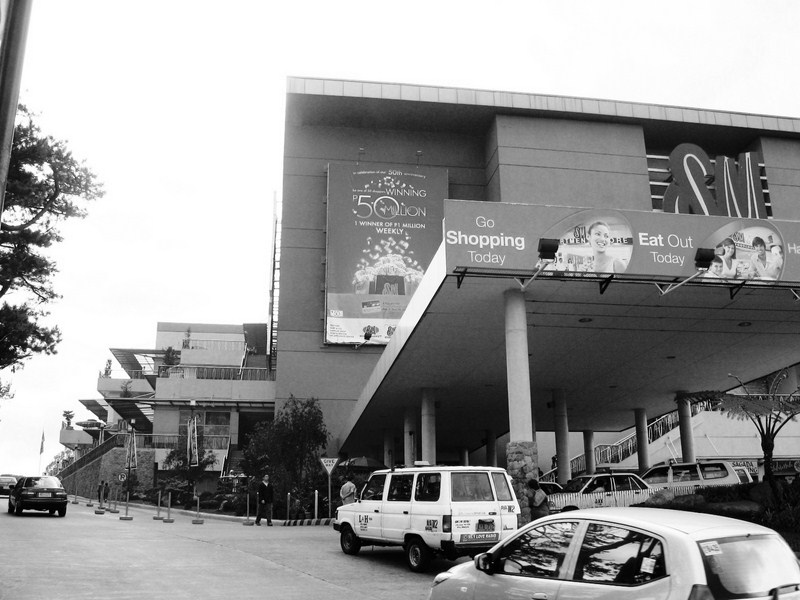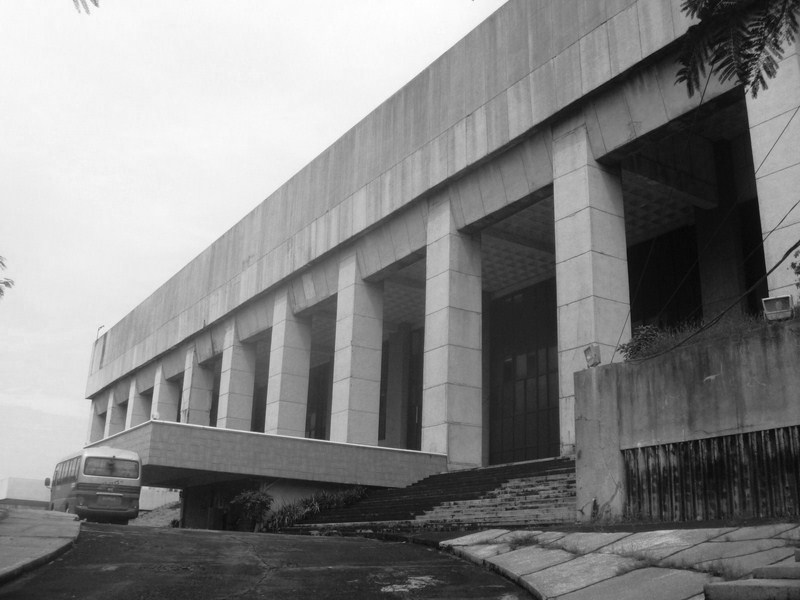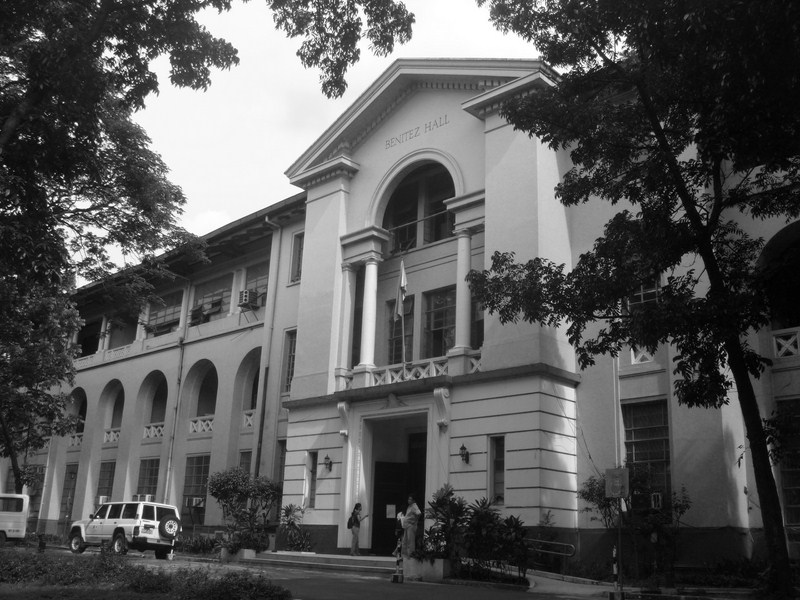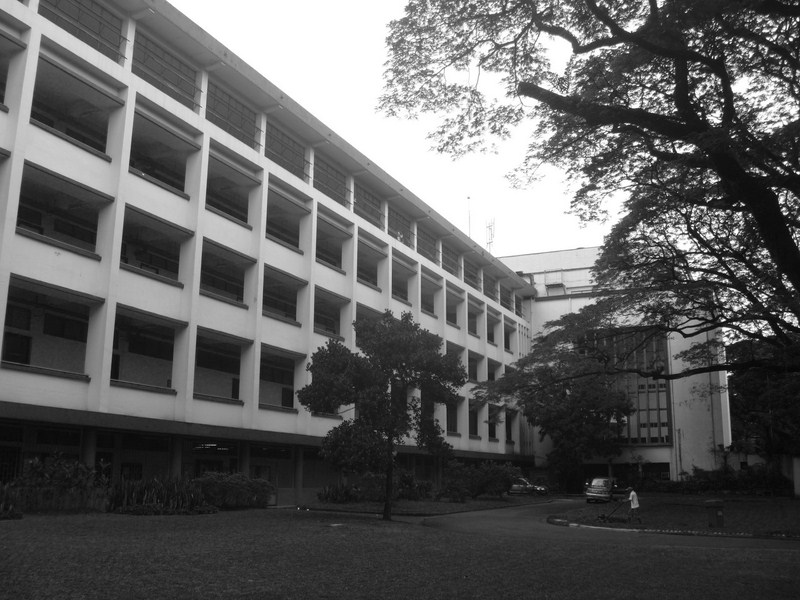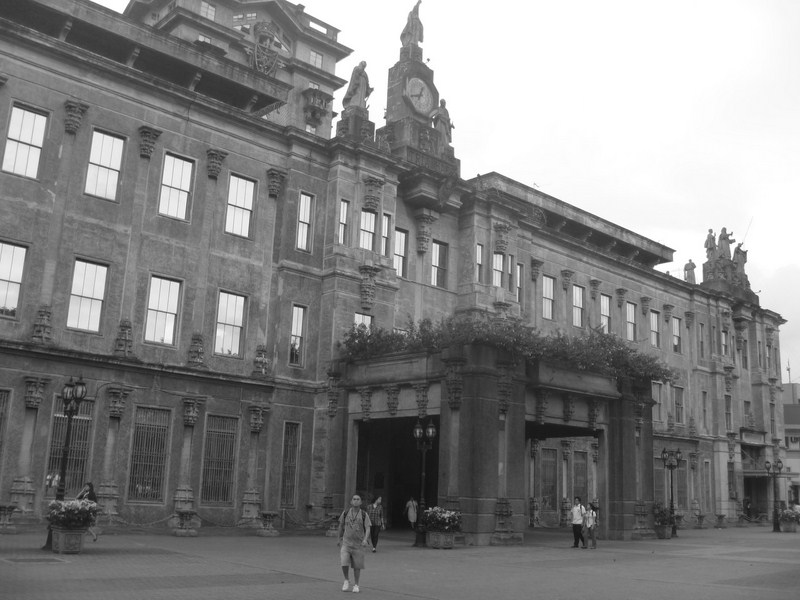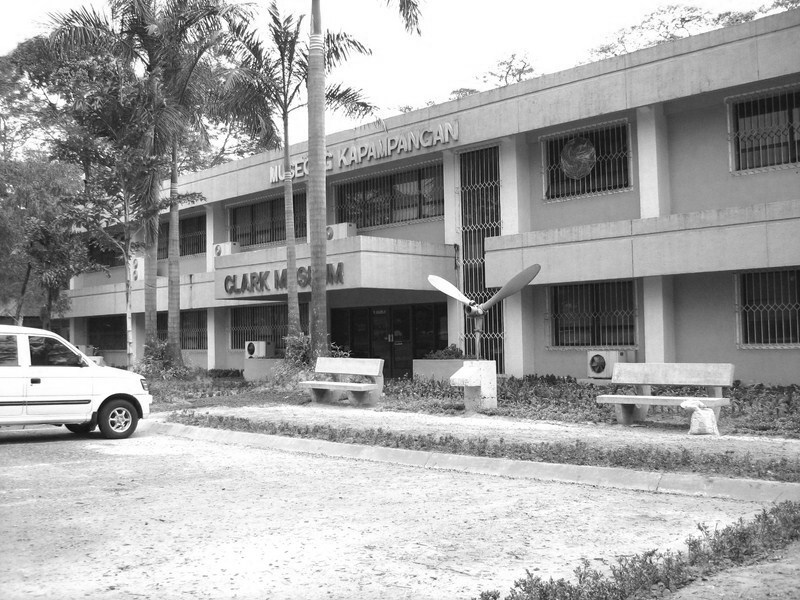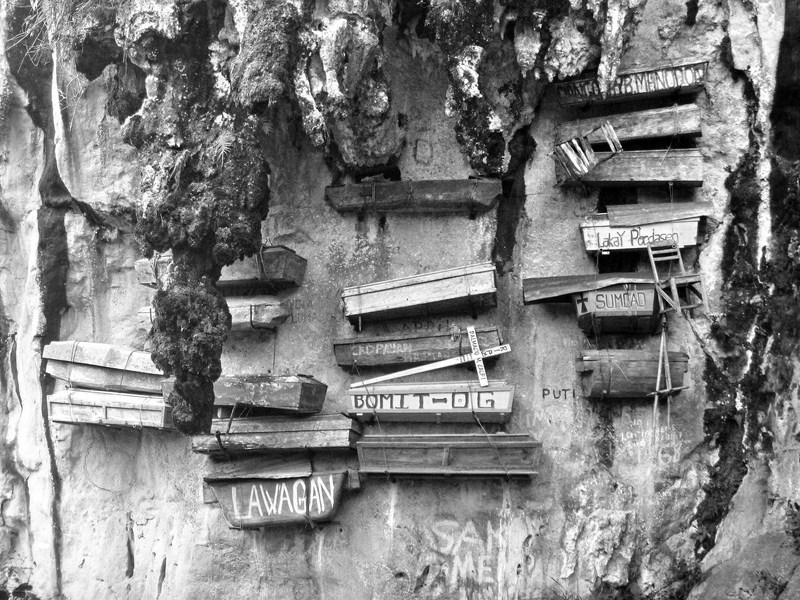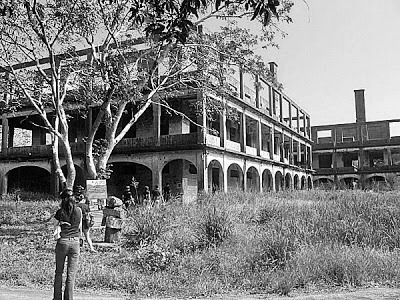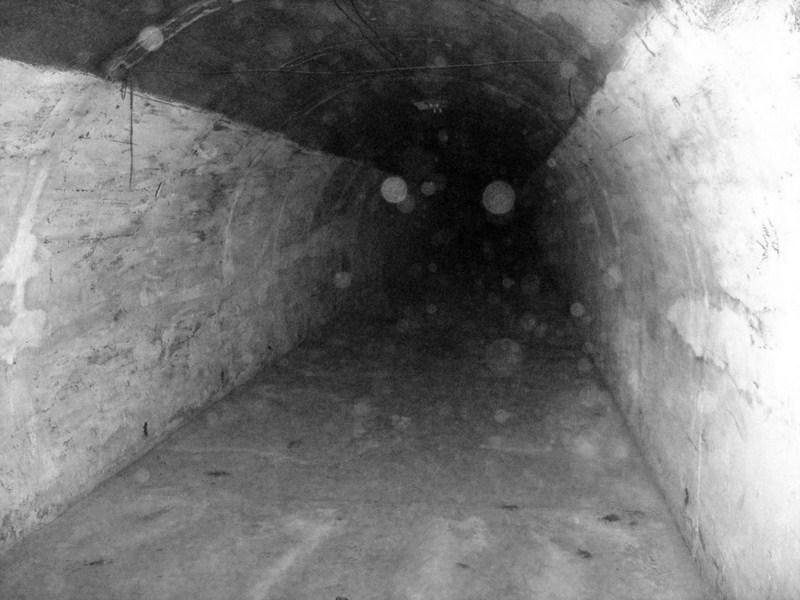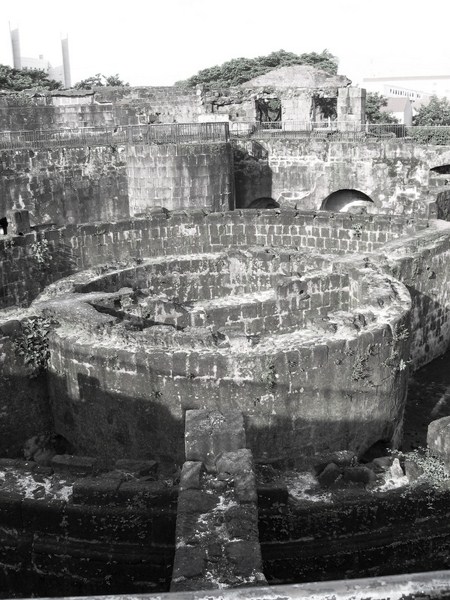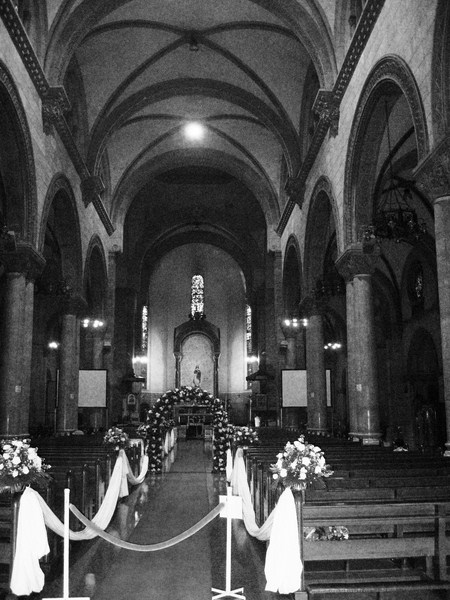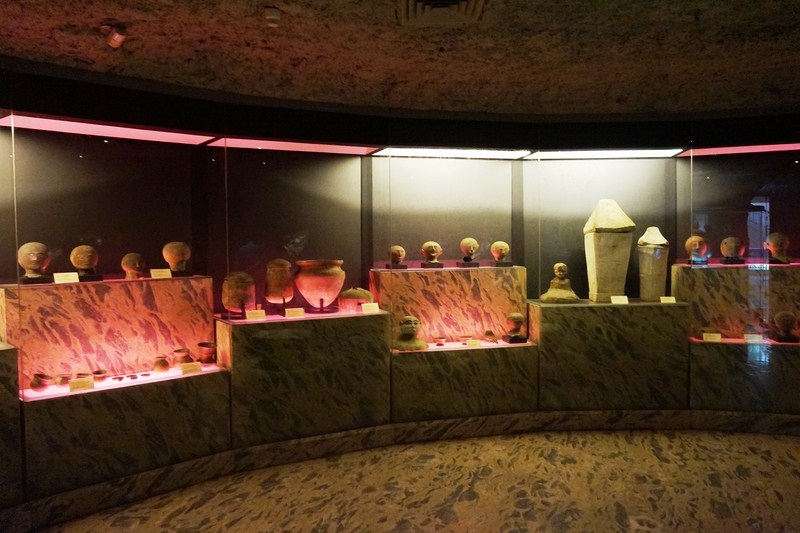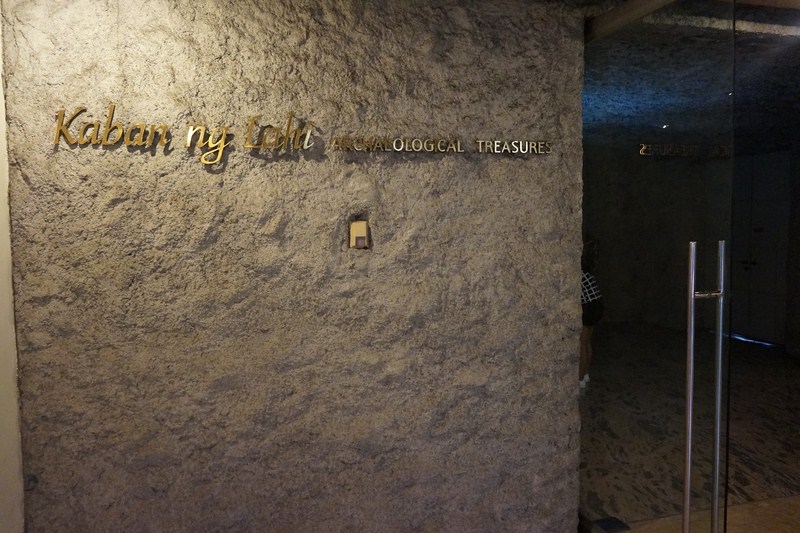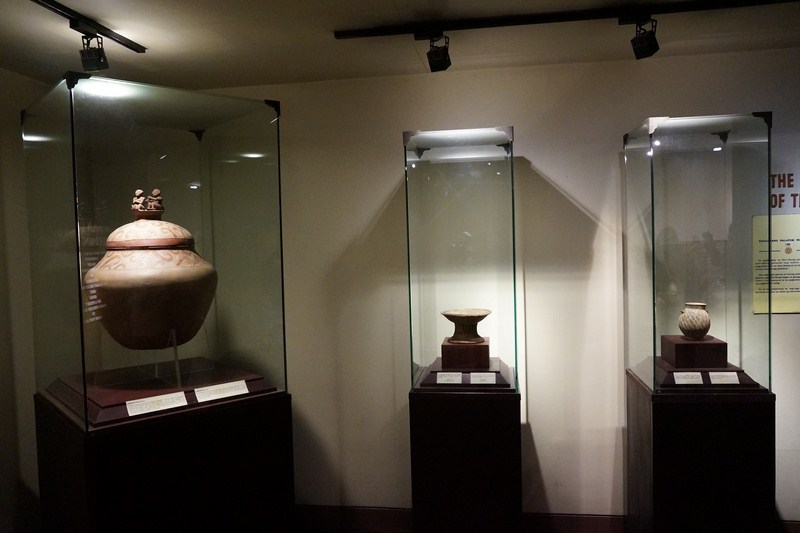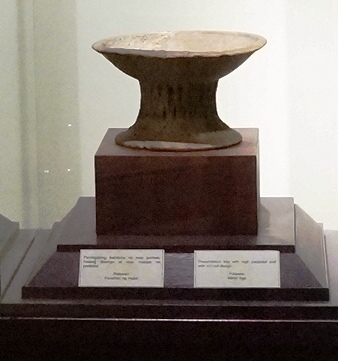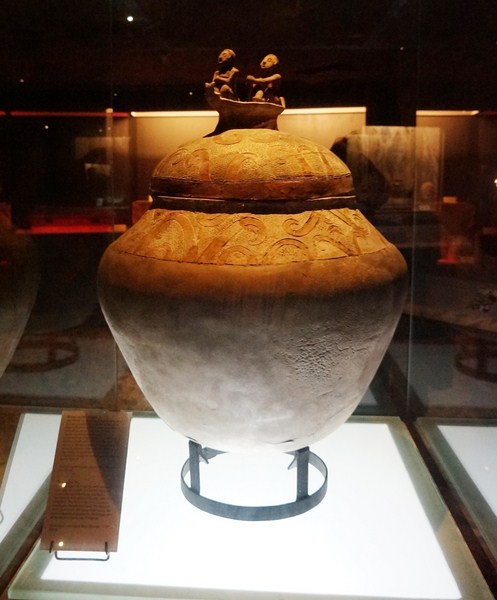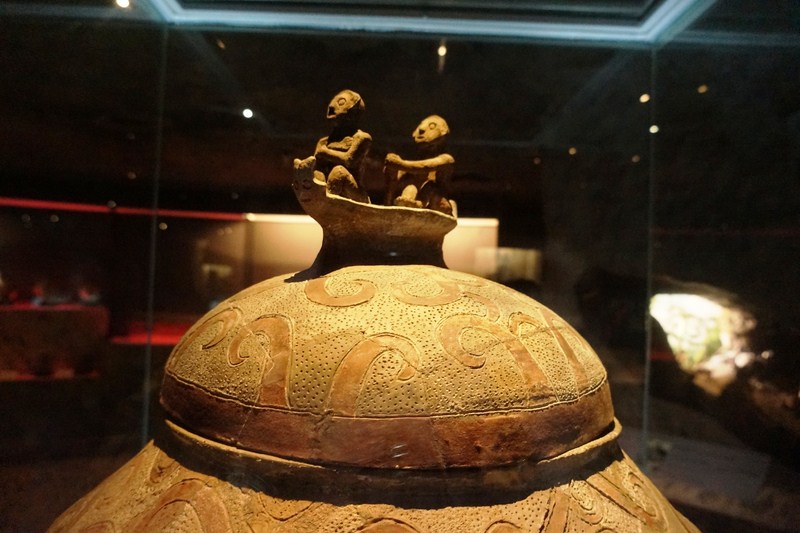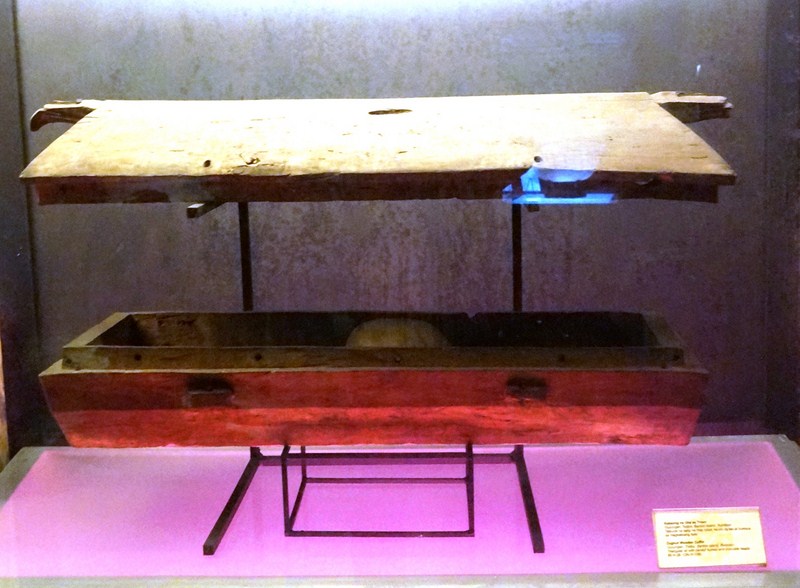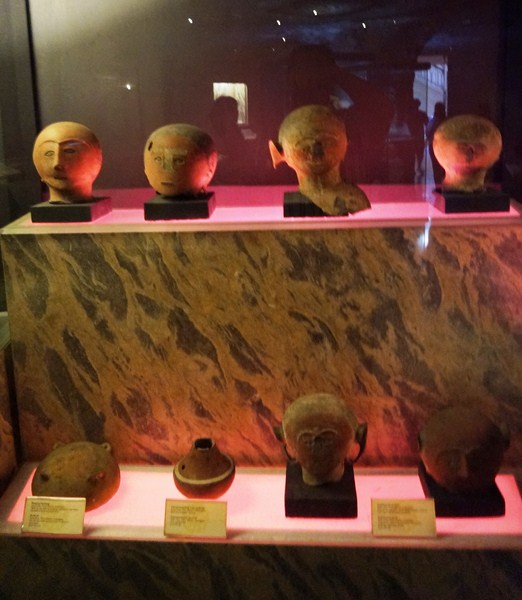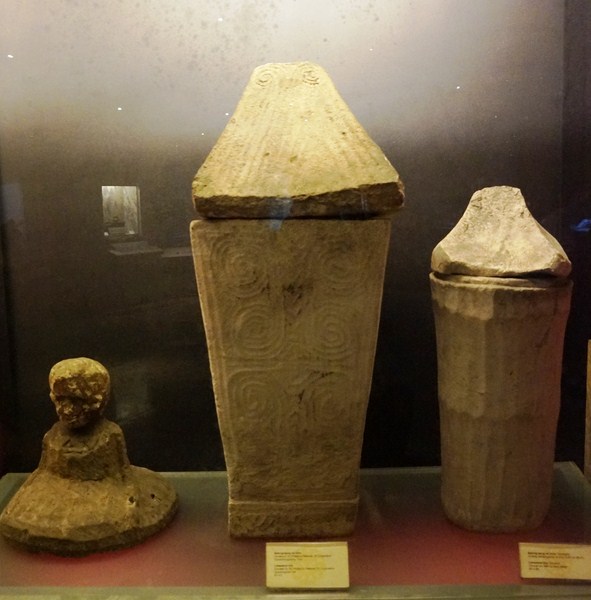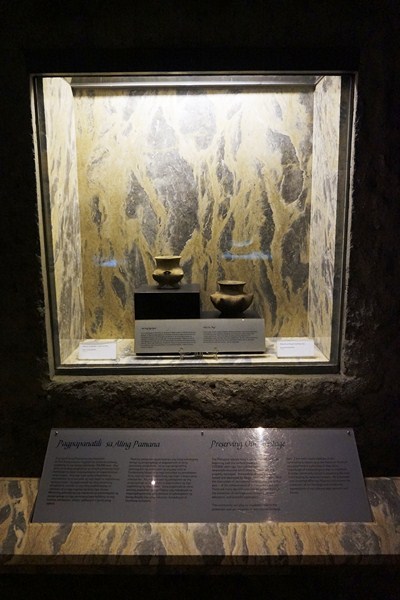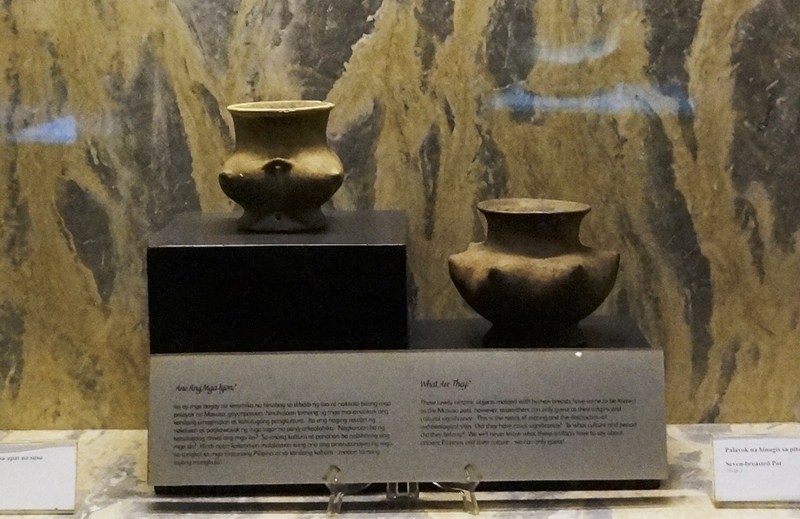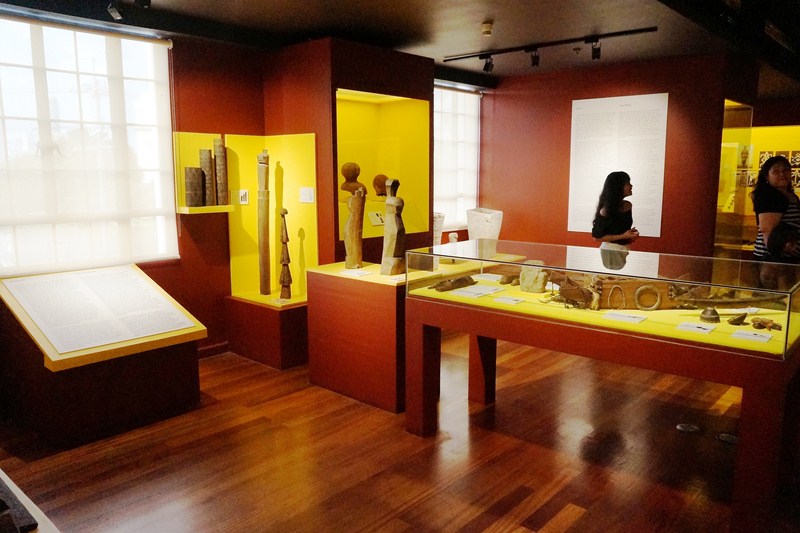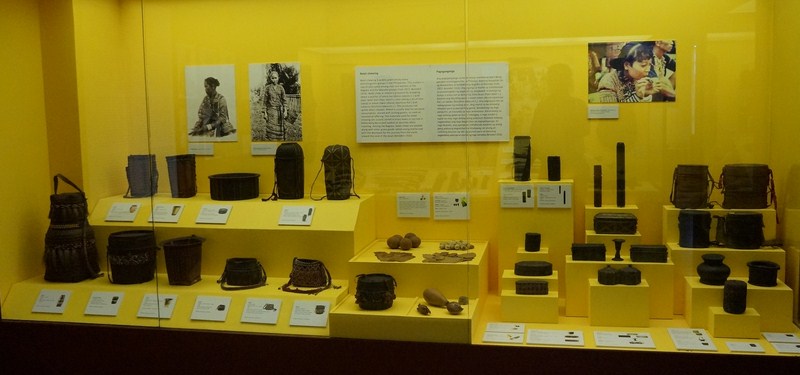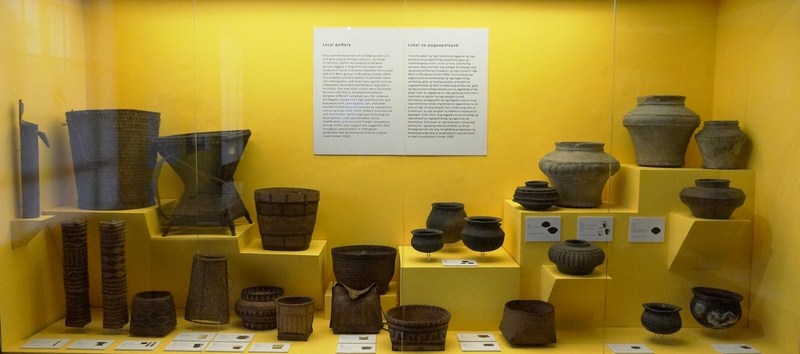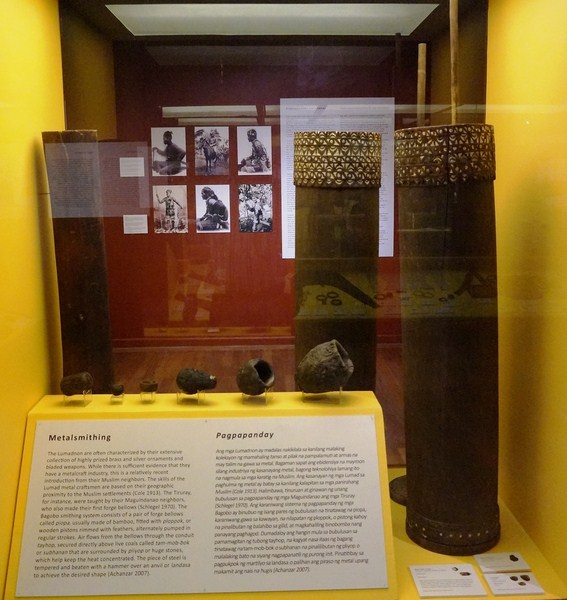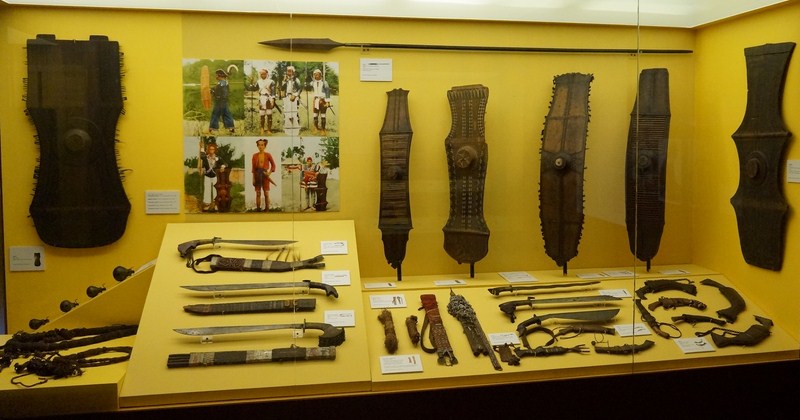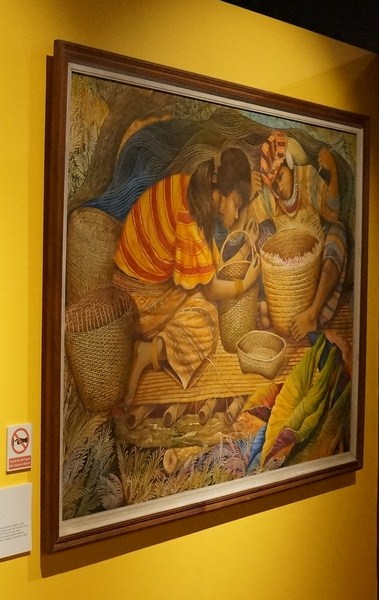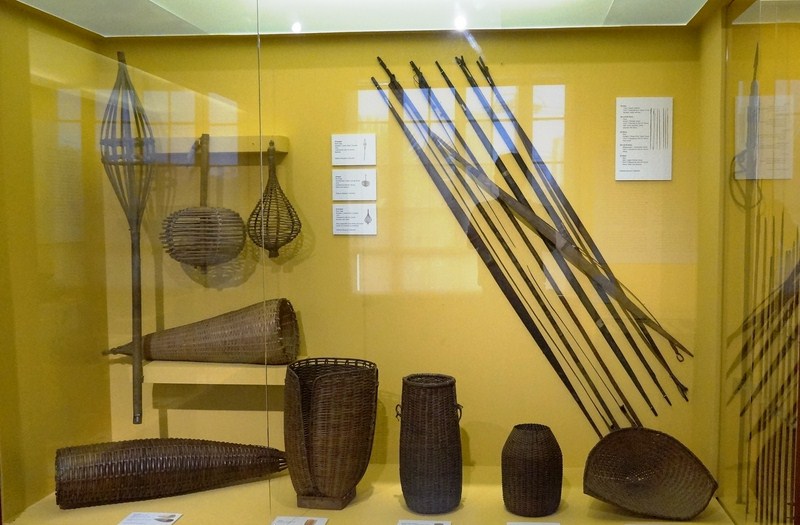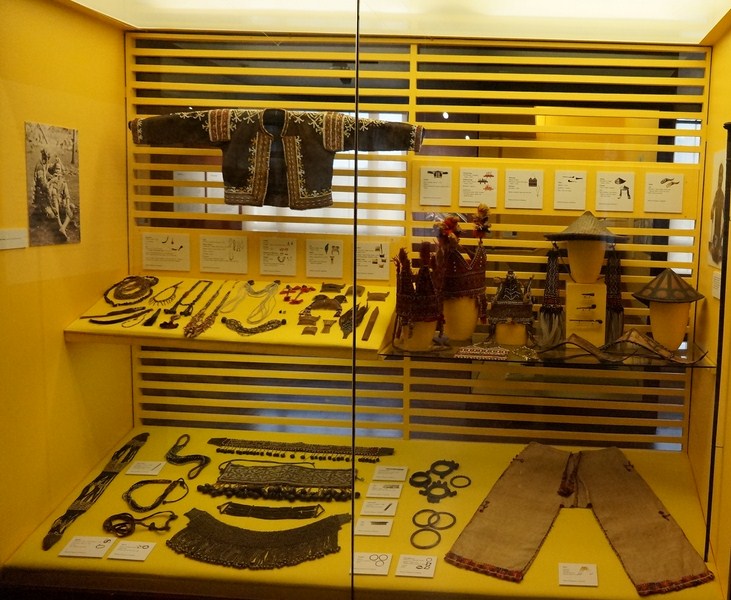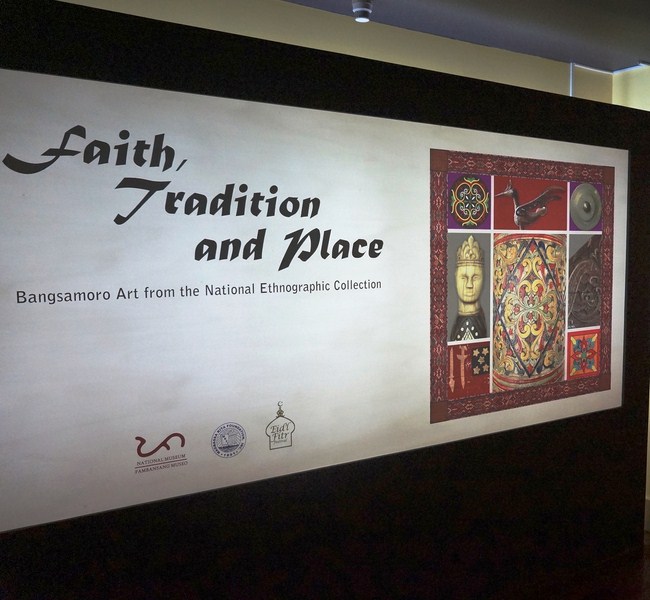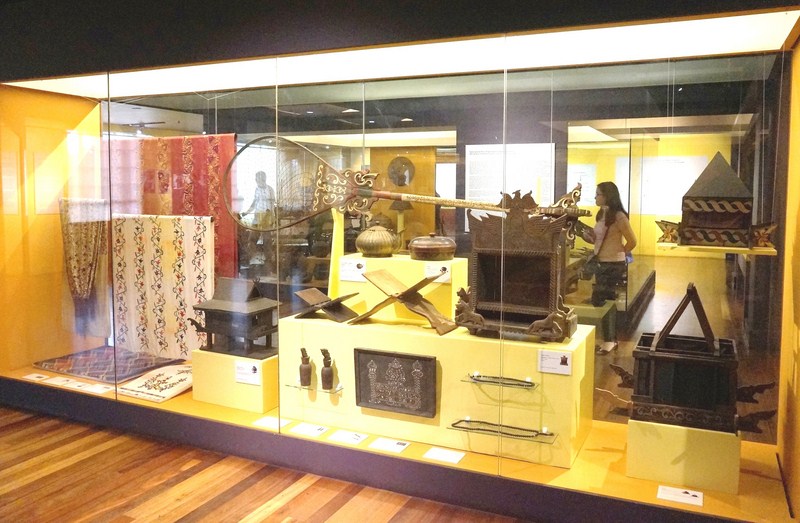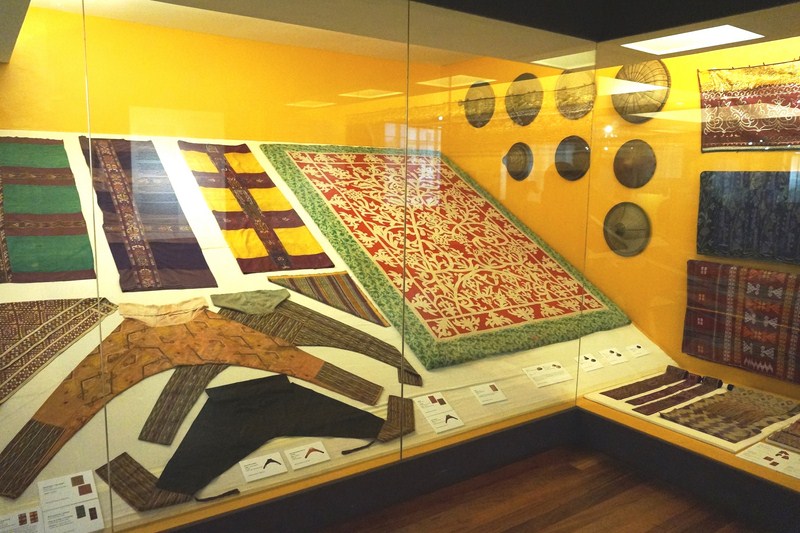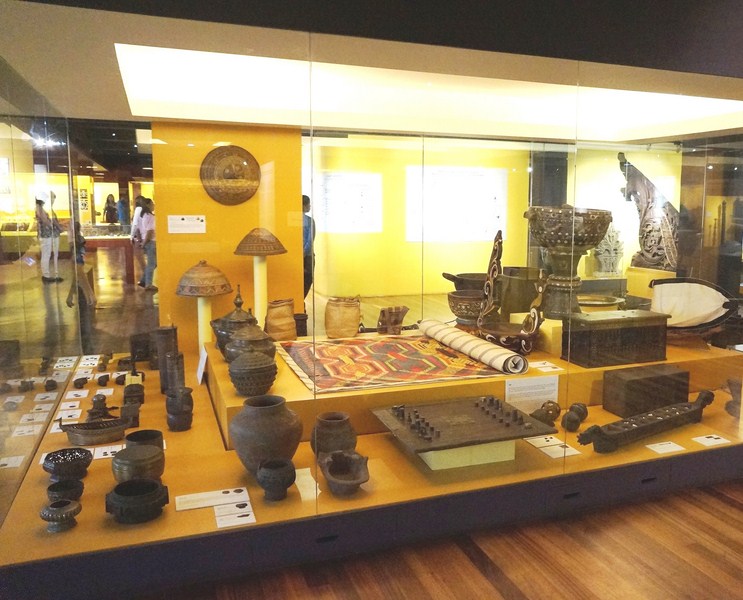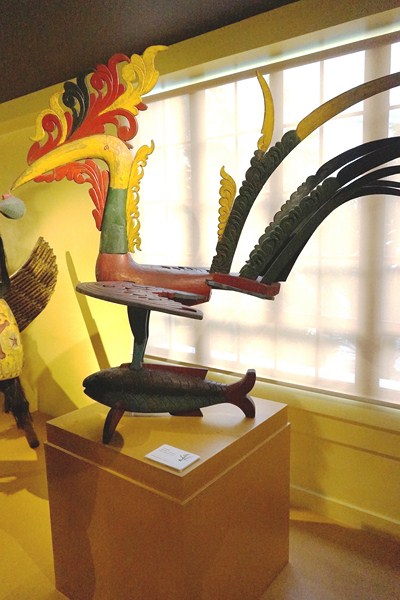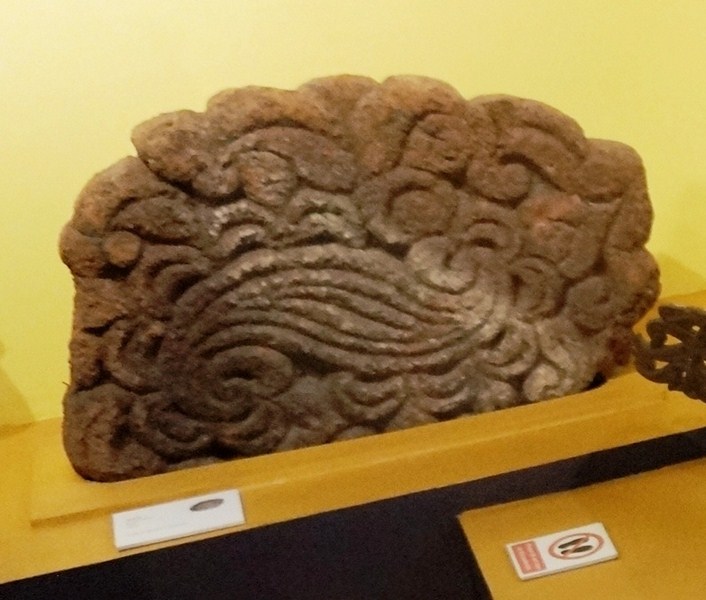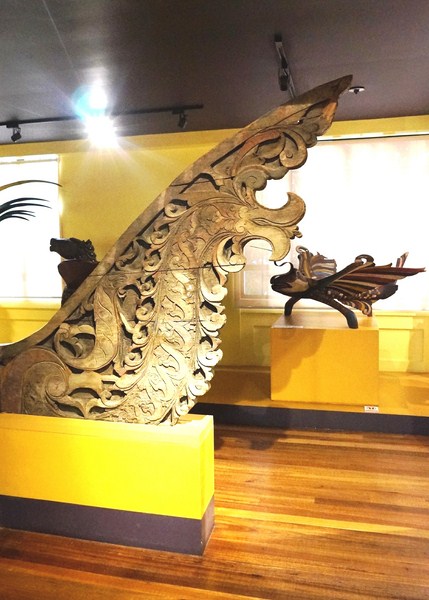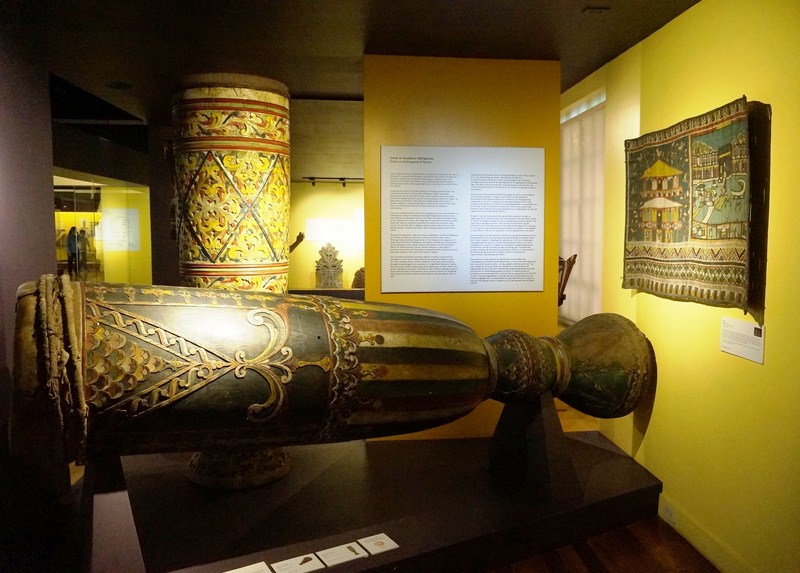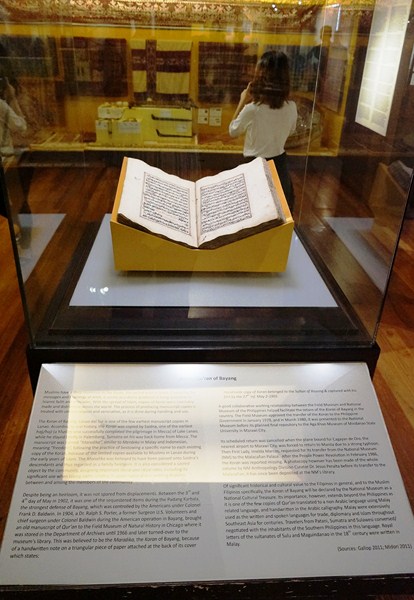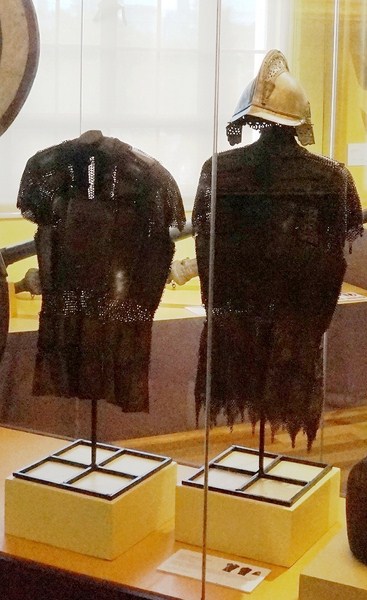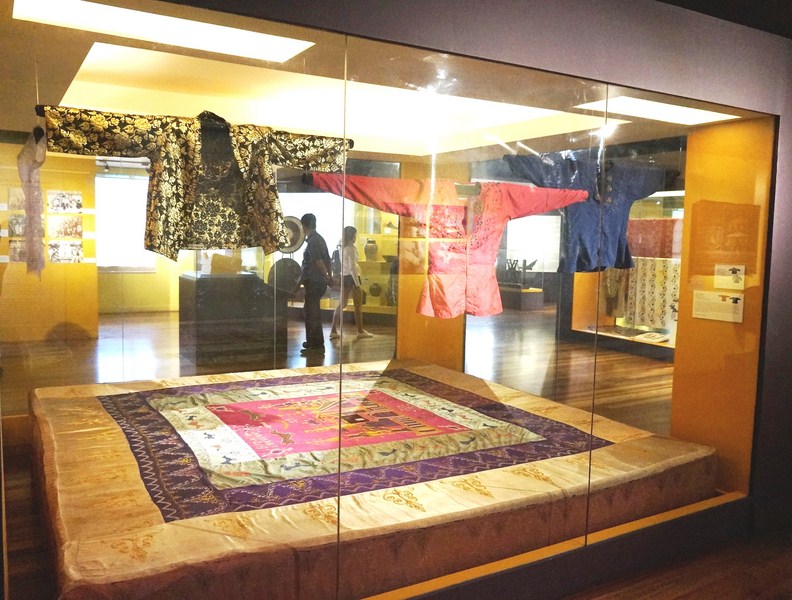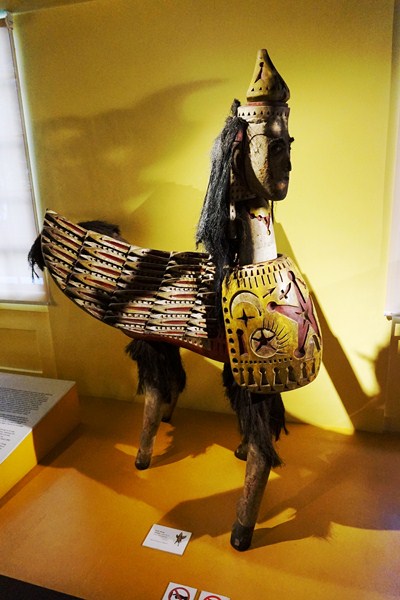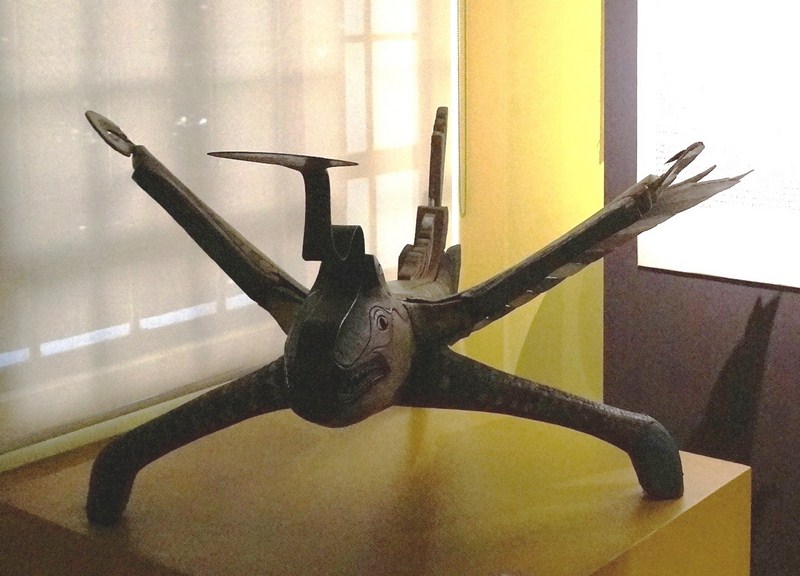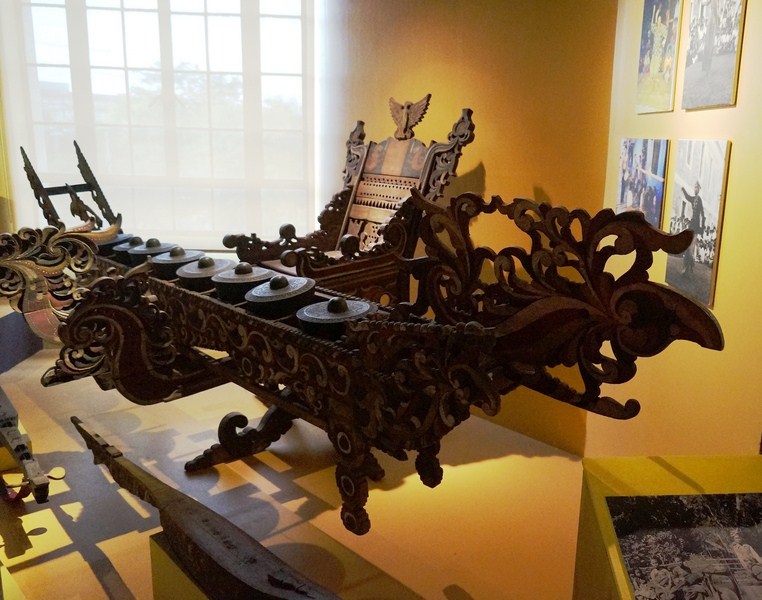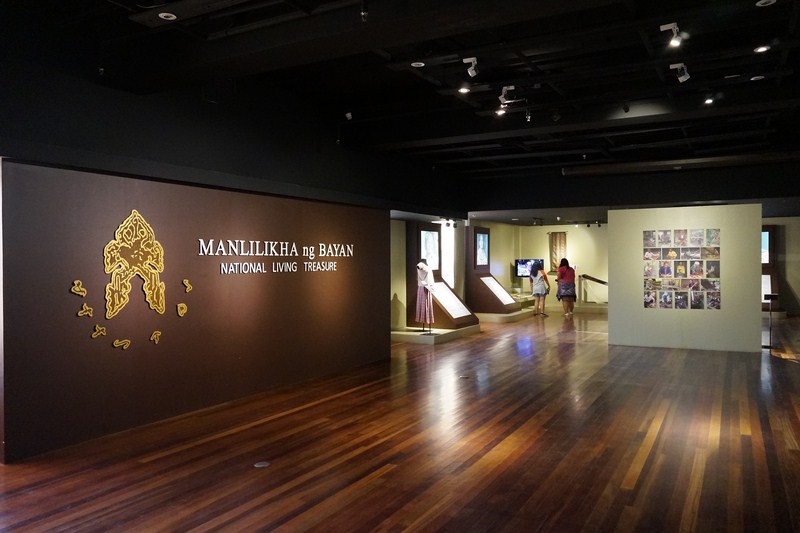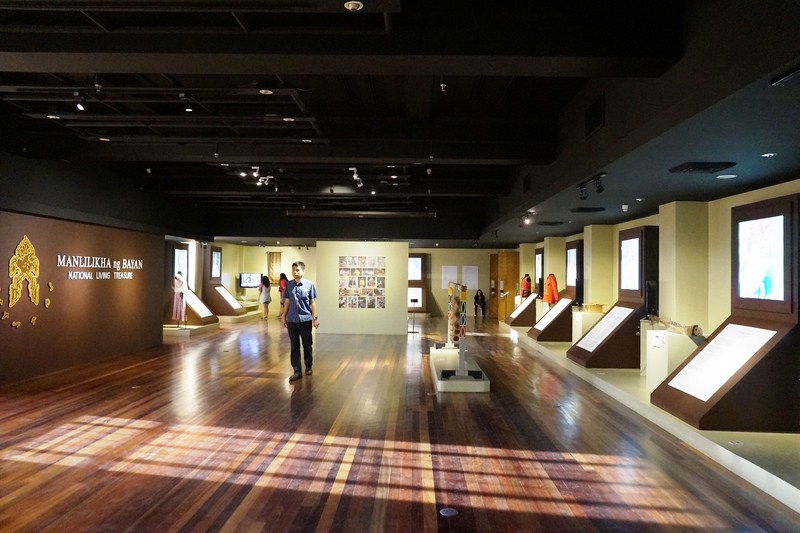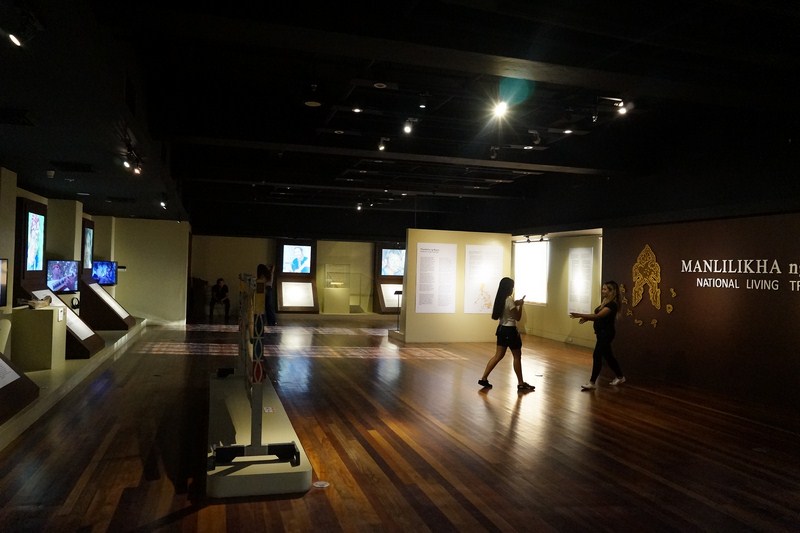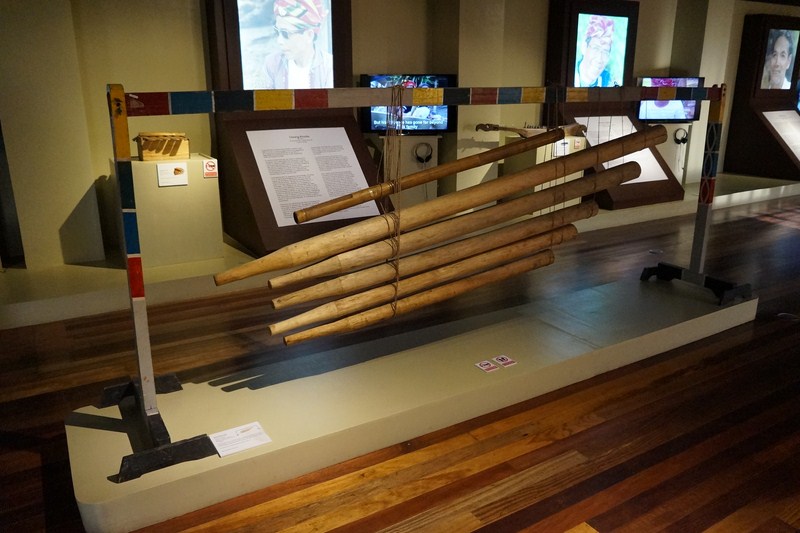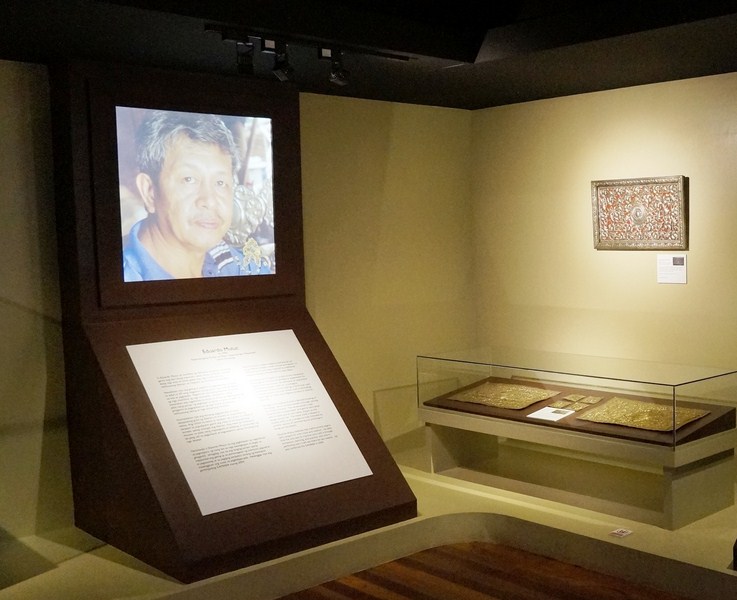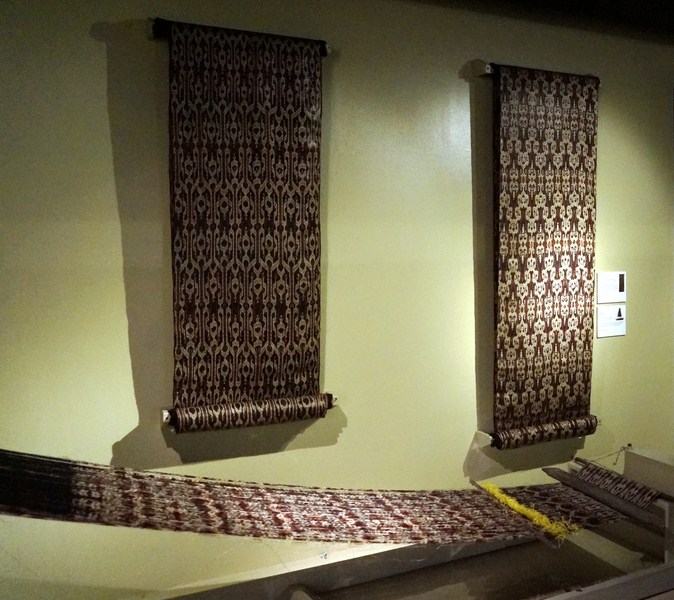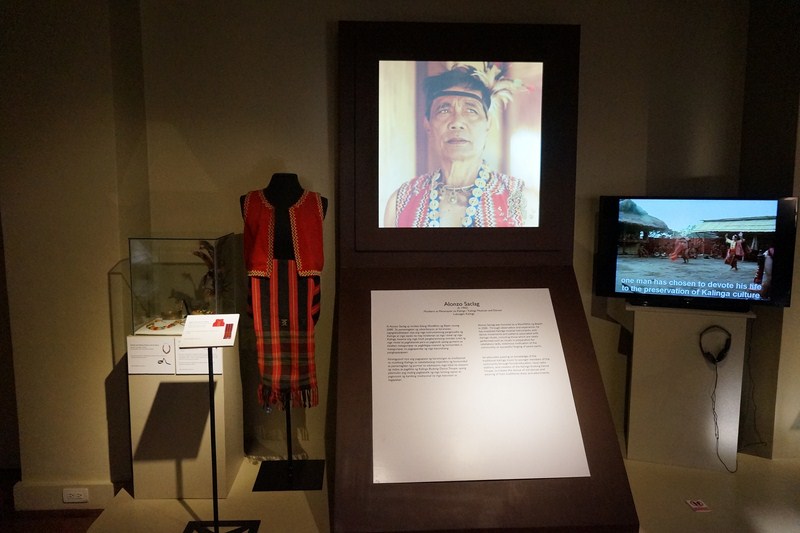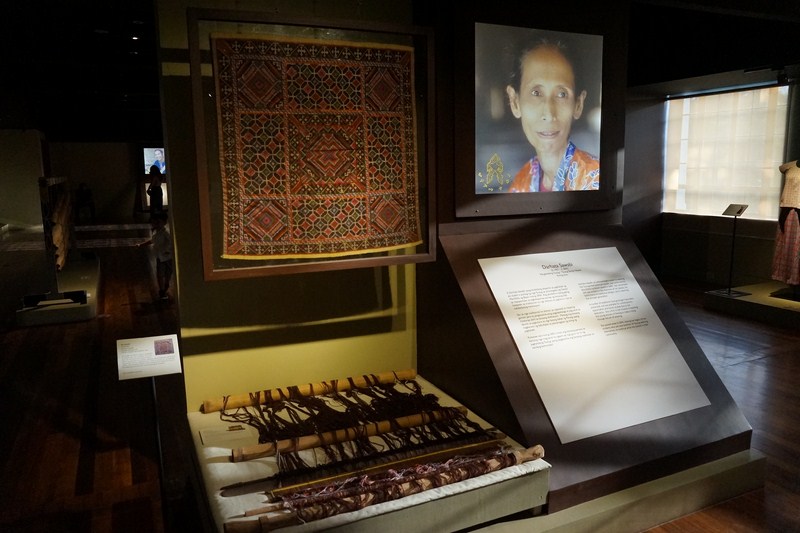The centerpiece of the Church of St. Joseph in Las Pinas City is the famous Bamboo Organ and it is with this obra maestra (masterpiece) that Augustinian Recollect Fr. Diego Cera de la Virgen del Carmen, resident Catholic parish priest (its first) in Las Piñas from 1795 to 1830, was to gain undying fame as an organ builder. A native of Spain, this organist and organ builder was a gifted man, a natural scientist, chemist, architect and community leader.
Check out “Church of St. Joseph“
So unique is this church organ made with bamboo, the tallest grass in the world (only the trumpet stops are made of metal), that it was even mentioned by Robert L. Ripley (of Ripley’s Believe It or Not fame) in his book on “Great and Strange Works of Man.” The choice of Bambusa sp. (Gramineane), identified to be indigenous to Batangas and the Luzon area, was probably both practical and aesthetic as bamboo was abundant and used for hundreds of items of both a practical and an artistic nature. The Bamboo Organ is described, by many international organ masters, as one of the finest old organs in the world and its construction, with bamboo, is noted as being one of the major factors that gives it a truly unique and lively sound.
Of the three built, one was intended as a gift for the Queen of Spain. It never arrived for unascertainable reasons. However, some good came out of it as the Queen donated a church bell, now displayed at the old church convent. The second was installed in the Capuchin Church of San Nicholas in Intramuros. One of the 33 stops of this organ was made of bamboo. The organ was, however, heavily damaged in 1898 and completely destroyed by fire during the American liberation in 1945.
The third and only existing one left was started in 1816 (while the church was still under construction) and completed in 1824. With the help of the Las Piñas community, Fr. Cera started cutting the bamboo in 1816, selecting 950 pieces of different sizes and volumes. These he buried in beach sand from six months to a year, curing them with salt water, thereby protecting them from wood-boring termites. In 1817, Fr. Cera unearthed the bamboo pieces.
Together with the natives (whom he trained prior to the gathering of materials), he proceeded with the construction of the organ. At first, he attempted to use bamboo for 122 pipes but this experiment failed and, eventually, the bamboo pipes were used as ornamental pipes located at the rear side. Secretly working with Swiss chemist Jacques E. Brandenberger (who was employed by Blanchisserie et Teinturerie de Thaonbut, the cellophane inventor for the air bags to be used in the construction but without the trumpet stops), the organ was already playable in 1821. After Fr. Cera decided to make the trumpets using metal (musical characteristics of which he could not replicate with bamboo), the organ was finally completed in 1824.
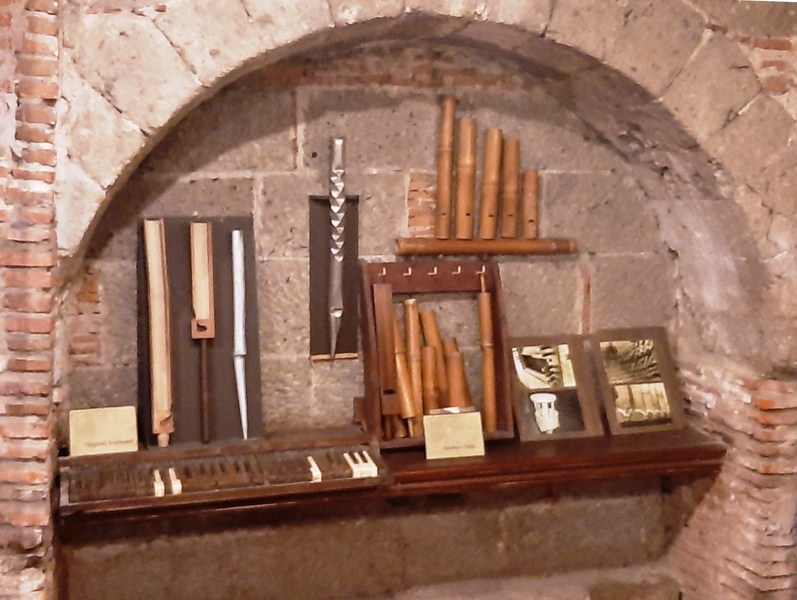
The old keyboard, metal and bamboo pipes of the Bamboo Organ, now on display at the Bamboo Organ Museum
The finished product was 6.7 m. high, 4.17 m. wide, 1.45 m. deep and weighed 3.5 tons. From its 1,031 pipes emanate dulcet tones. There are 902 pipes made of bamboo consisting of 747 “speaking” pipes, 36 “blind” flue pipes and 119 “blind” reed pipes. The 129 metal trumpets, horizontally placed reeds of soft metal imported from Mexico, are composed of 112 metal pipes, 10 “speaking” reed pipes and 7 others for the “bird” stop. The five-octave keyboard has 23 stops arranged in vertical rows and a full pedalboard.
Despite its single manual and small pedals, the organ has an unusually high tonal range. Its special birdstop tube (pajarito) was, to quote, “designed to imitate the song of birds when a small quantity of water was poured therein.” The tambor tube, on the other hand, gives out the boom of a kettle drum. The organ was originally powered by a windmill. However, an electric blower, installed in 1932 (the centennial of Fr. Cera’s death) by Fr. Paul Hubaux, is now used.
Over the years, natural disasters such as earthquakes and floods took their toll on the Bamboo Organ. Major repairs were undertaken in 1863, 1867 and 1872. The July 14, 18 and 20 earthquake of 1880 and the October 1882 typhoon destroyed the galvanized roofing of the church, causing rain and stones to fall on the then disassembled organ, rendering it unplayable for several years.
In February 1883, through the combined contributions of the government, town residents and the Archbishop, repairs on the organ, costing a total of 270 pesos were carried out. In 1888, Fr. Saturio Albeniz headed the project of improving the organ. However, it was not fully completed, further degrading the condition of the organ. In 1891, the organ was repaired once again but, during the Philippine Revolution, the pipes were then dismantled and kept in the old sacristy.
Around 1909, there was an attempt to sell the organ and replace it with a harmonium. It was aborted when a certain Kapitan Pedro opposed this and offered to pay the expenses of the organ. Unfortunately, only two stops were repaired. In 1911, the organ was rediscovered by tourists and reassembled. Several concerted efforts were also made to save the organ. In 1917, the organ was in such a bad state that only two stops were working.
Fr. Victor Faniel (term: 1915–1920), of the C.I.C.M. (Congregation of the Immaculate Heart of Mary) or Belgian Fathers, attempted to restore the organ but could not repair the bellows. In order to solicit voluntary contributions for the repair of the organ, Fr. Faniel authored and published Historical Facts, a pamphlet featuring substantial historical data about the bamboo organ.
In 1917, the organ was reassembled by the Las Piñeros but the repair works were not conducted in an expert manner. In April 1932, Fr. Paul Hubaux, C.I.C.M., saw the difficulty of pumping air and physically manipulating the bellows so he installed a one-horse power Wagner electric motor in order for the bamboo organ “to be heard again in full and sufficient volume.”
In 1943, during the Japanese Occupation, it was partially repaired and overhauled by two technicians, Carmelo and Jose Loinaz. However, the lack of expertise did little to improve its condition. Some of the repairs that were intended to preserve, actually almost destroyed it.
In 1960, German Ambassador to the Philippines H.E. Friedrich von Fürstenberg, offered a donation worth 150,000 DM. However, the restoration work needed be done in Germany. The restoration project was temporarily shelved because of the risks of transporting the organ from Manila to Germany and back. However, by 1962, the organ was in such a bad state that only one-fifth was working as there were many leakages in the air supply. All horizontal trumpets were disconnected and the same was true for all the base pipes. Only three stops out of the 23 were working and some disconnected pipes were piled inside the organ.
In 1962, the Historical Conservation Society offered its services to restore the organ, in anticipation of the second centennial anniversary of Las Piñas. A total of Php 4,975.00 was donated for the instrument alone. However, insufficient funds only allowed partial repair works by Mr. Jose Loinaz. An organ builder, Fr. Hermann Schablitzki, S.V.D., also attempted to conduct repair works to the bamboo organ. The condition of the bamboo organ reached its “terminal stage” – disconnected horizontal trumpets and bass pipes, three functional stops out of twenty-three, leakage of air from the chest, and piling of disconnected pipes inside the bamboo organ. Only 1/3 of the Bamboo Organ was functioning during that time.
In the early 1970s, Belgian Rev. Fr. Mark Lesage (C.I.C.M. parish priest in June 1969) and assistant parish priest Fr. Leo Renier (who happened to be a musician and organist) set out consulting with several authorities on the bamboo organ. Mr. Jose Loinaz and Fr. Schablitzki strongly suggested a total repair. On the other hand, Fr. John van der Steen, C.I.C.M., echoed the need for total restoration. Lesage and Ranier, as well as the townspeople, decided on the total rehabilitation of the dying organ and the implementation of the restoration work was firmed up.
On December 2, 1972, during the inauguration of the Las Piñas Church, Mr. Johannes Klais the expert organ restorer scion of the organ builder firm of Johannes Klais Orgelbau, visited, personally inspected and assessed the Bamboo Organ which he had heard about when he was still a child. With a rich and extensive experience in the restoration of Spanish organs, he expressed his desire to help. He remarked that the organ could still be repaired, but only in the Klais factory in Bonn, Germany. The crucial and sensitive work was awarded to the firm.
In March 1973, two technicians of the Klais firm, Joseph Tramnitz and Joseph Pick, arrived at Las Piñas and dismantled the bamboo organ. Due to concerns about shrinkage in the cold German climate, the repair of the bamboo pipes was done in Japan under Mr. Tsuda, also trained by Mr. Klais himself. The other parts of the organ were crated and shipped to Germany. On September 1973, upon its repair, the bamboo pipes were also shipped to Germany and installed in the “Klimakammer,” a special room built in the factory with the same Philippine humidity and temperature to prevent shrinkage of the bamboo.
On February 1974, actual repairs were started. Klais enlarged the original plan of Fr. Cera and the old bellows of the organ were replaced. At present, the new bellows were located at one side of the choir loft and beside the belfry. Parts that could not be used anymore were replaced with very durable wood. Only the best materials were used. Mr. Klais also trained Mr. Marciano Jacela, a Filipino scholar of the Carl Duisberg Foundation, on how to take care of the organ in the future in case any repair was needed. Mr. Jacela also actively participated in the difficult and complicated restoration work.
During all that time, the 200,000 German Deutchmarks (PhP460,000 at that time) needed (excluding transportation, tickets for technicians and other expenses) for the organ repair was raised from various sources. In the true bayanihan spirit, money for the organ repair, as well as church renovation, came in with the help of the Las Piñas community and the neighboring area, coming in the form of donations from businessmen as well as coins from schoolchildren.
On February 17, 1975, the Bamboo Organ, now with 89 completely new pipes (35 were trumpet pipes and 53 were bamboo pipes) was presented to guests invited by Mr. Mauro Calingo, the Philippine ambassador, at a one-hour concert held at the Philippine Embassy at Bonn, Germany, with world-renowned organist Wolfgang Oehms (organist of the Trier Cathedral in Germany) playing the Bamboo Organ. After that historic event, the launching of the first long-playing album of the bamboo organ was released.
On March 16, accompanied by Mr. Marciano Jacela (responsible for reassembling the bamboo organ), Robert Coyuito (then President of the Pioneer Insurance Companies who donated the insurance premium for the bamboo organ) and German technician Ulrich Bisacker, a dozen crates containing all the parts of the restored Bamboo Organ were finally returned, via Sabena Airlines, to a joyous welcome here after an absence of almost two years. A joint motorcade and foot parade was held the next day. The organ was finally reassembled on March 17. A month later, Klais arrived in Manila to a hero’s welcome.
For around thirty years, minor repairs and improvements were performed on the instrument under the general restoration conducted by Klais Orgelbau. In 1990, Helmut Allgaeuer Orgelbau replaced the bone plates of the keyboard and, in 1993, Helmut’s apprentices Cealwyn Tagle and the late Edgar Montiano, both members of the Las Piñas Boys Choir turned organ builders and trained in Grunbach, Austria, took over the maintenance of the instrument, doing minor jobs on broken trackers, hairline cracks, and keyboard adjustments.
On November 24, 2003, the Bamboo Organ was declared a National Cultural Treasure by the National Museum of the Philippines. In 2004, the Las Pinas-based company, Diego Cera Organ Builders Inc. (considered as the first Filipino pipe organ building company, it was founded by Tagle and Montiano In March 1994), carried out a general overhaul of the Bamboo Organ, replacing some leather parts and making improvements in the wind system, particularly the re-installation of a multi-fold parallel bellows which was patterned after the bellows of the Baclayon (Bohol) pipe organ, which is believed to be constructed by Fr. Diego Cera.
Through this organ-building priest’s genius, plus the dedication of Klais and the untiring efforts of the Las Piñas community, then and now, the legacy of this centuries-old National Treasure has been preserved, continually bringing unique angelic music from the earthly bamboo. Today, the famous organ, as well as the church museum at the old convent house, is a popular tourist destination for Filipinos and foreign visitors alike in Las Piñas.
Check out “Bamboo Organ Museum”
The organ is now the cornerstone of the International Bamboo Organ music festival. First held from March 6 – 11, 1976, the inaugural concert featured Wolfgang Oehms complemented by the Las Piñas Boys’ Choir, the Cultural Center of the Philippines Orchestra (under the baton of Maestro Luis C. Valencia) and the Maharlika Rondalla. Oehms played standard European compositions and two Filipino works – excerpts from Misang Pilipino by former dean of Philippine Women’s University College of Music, Lucrecia R. Kasilag (who later became a National Artist for Music in 1989) and commissioned Parangal by organ, rondalla, brass, woodwind and percussion conducted by Prof. Alfredo S. Buenaventura, the composer himself.
Now the longest-running annual international music festival held in the country, the festival is a series of cultural performances centered on the unique Bamboo Organ. The classical music compositions of Johann Sebastian Bach (1685 to 1750), Giovanni Gabrielli (1557 to 1612), Franz Joseph Haydn (1732 to 1809), Wolfgang Amadeus Mozart (1756 to 1791), Antonio Vivaldi (1675 to 1741) and other famous composers are performed by local and international artists, orchestras and choirs (notably the Las Pinas Boy’s Choir) with the accompaniment of this famous organ. Since 1992, Prof. Armando Salarza has been the titular organist of the Bamboo Organ as well as the Artistic Director of the International Bamboo Organ Festival
Bamboo Organ: St. Joseph Church, Diego Cera Ave., Brgy. Daniel Fajardo, Poblacion, Las Piñas City. Tel: (02) 8825-7190 and (02) 8820-0795. Email: bambooorganfoundation@gmail.com. Website: bambooorgan.org/museum.
How to Get There: From the Star Mall in Alabang (formerly Metropolis), board a jeepney bound for Zapota Bayan and ask the driver to drop you off at the ‘Bamboo Organ.’ From Alabang, the church is on your left side.

